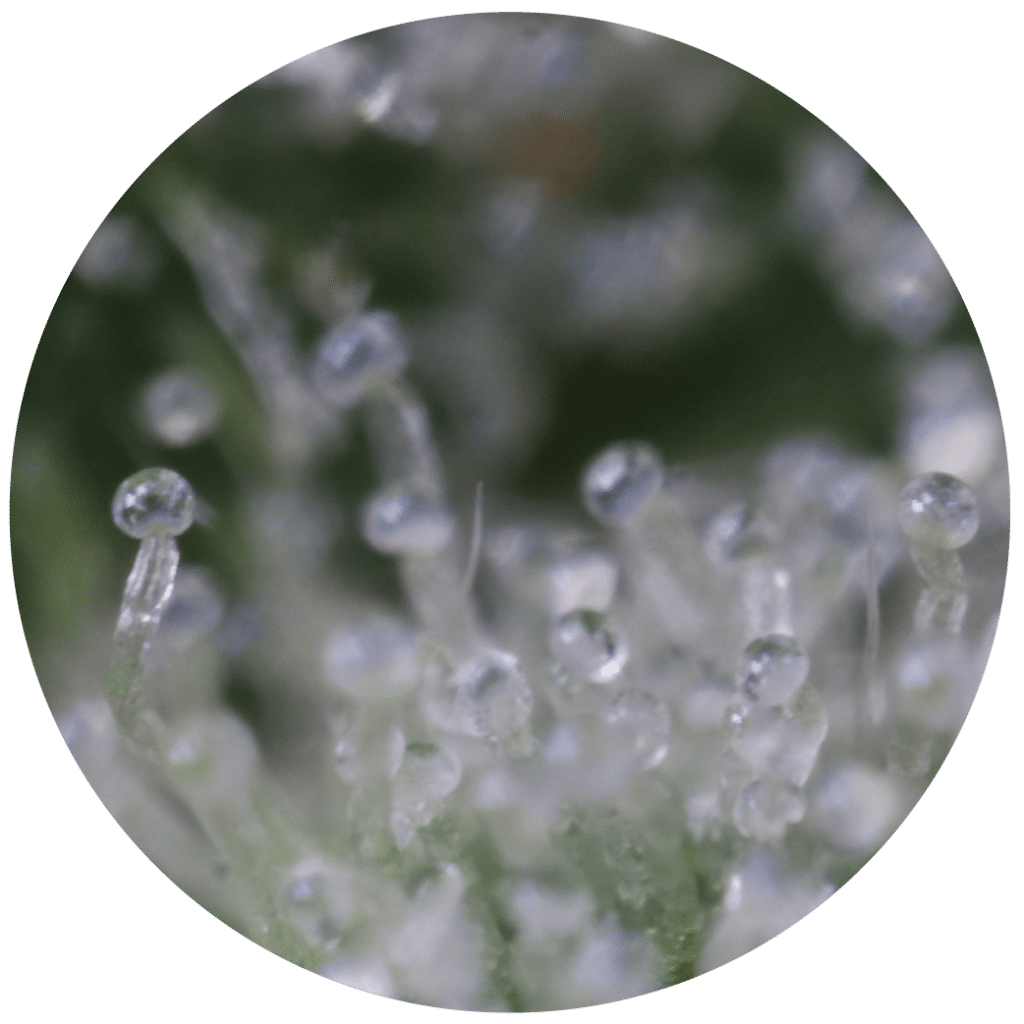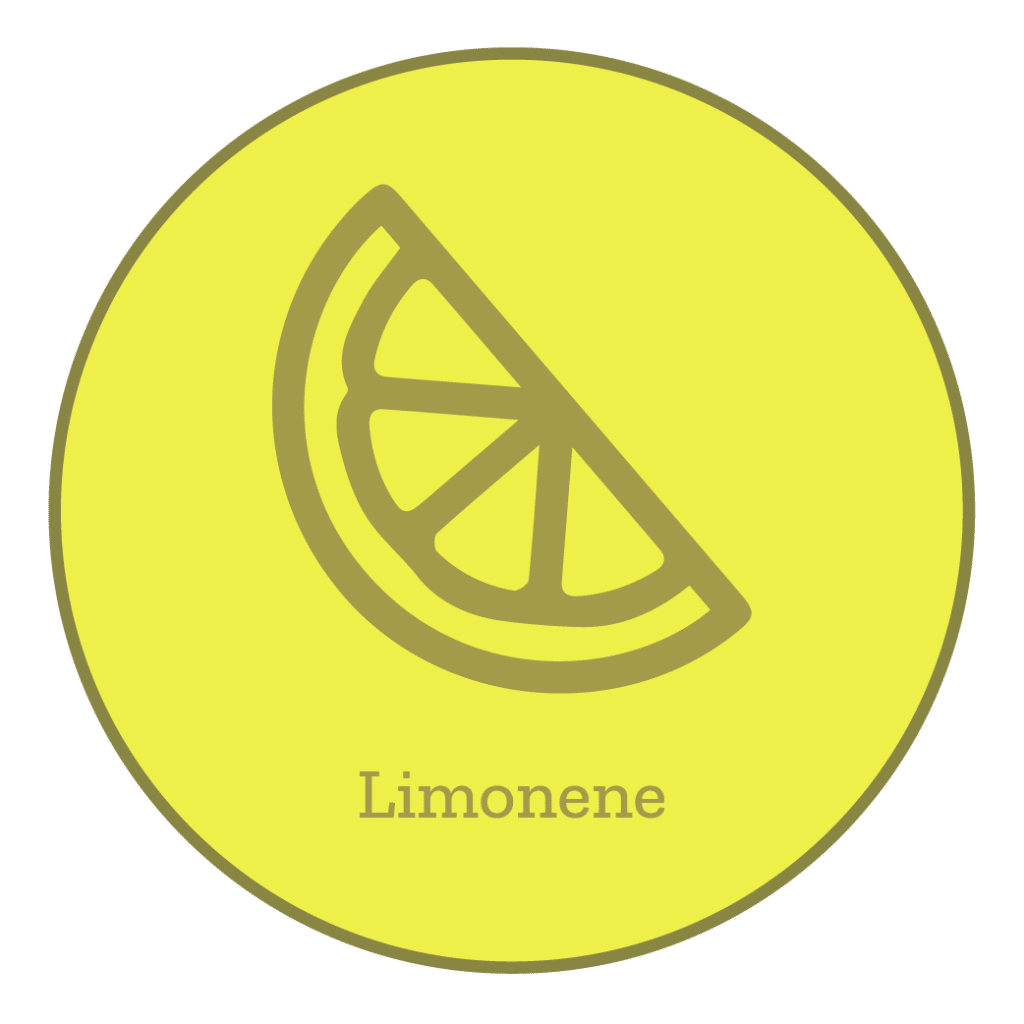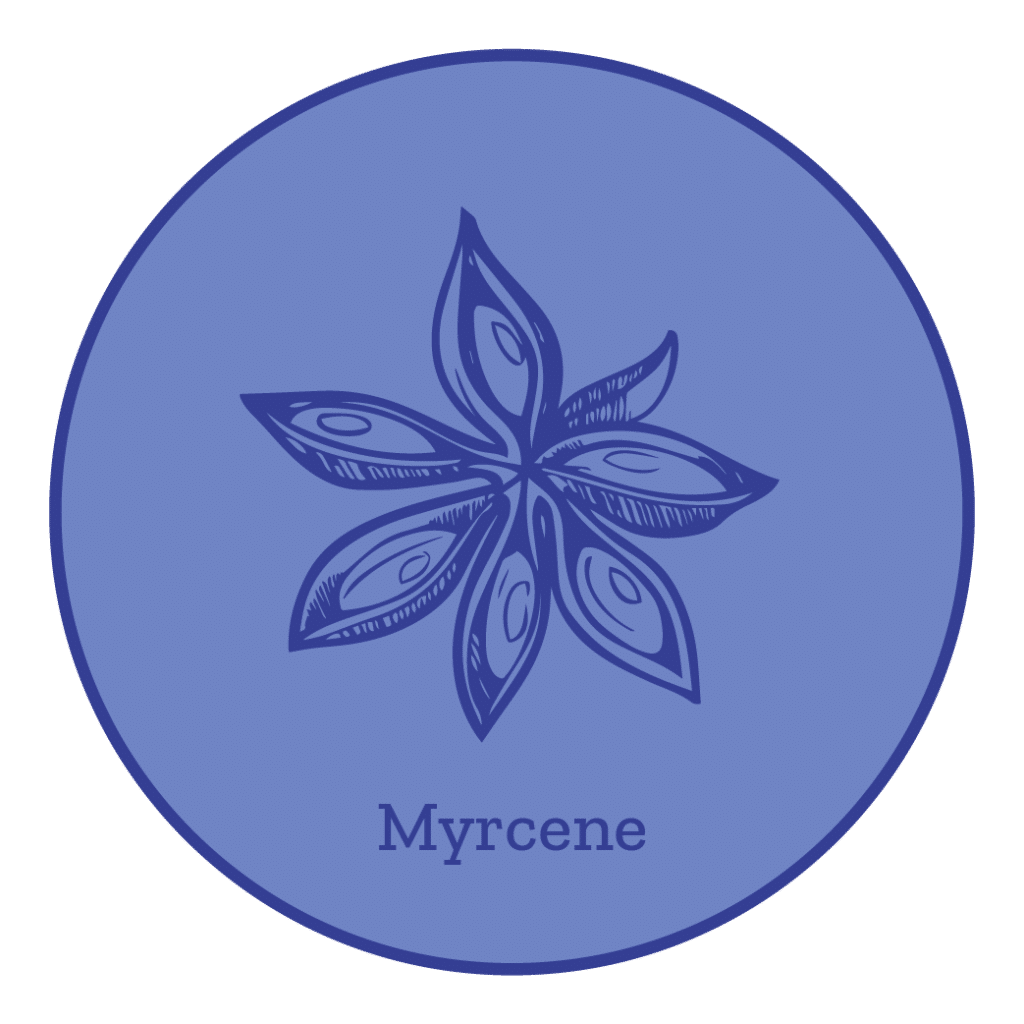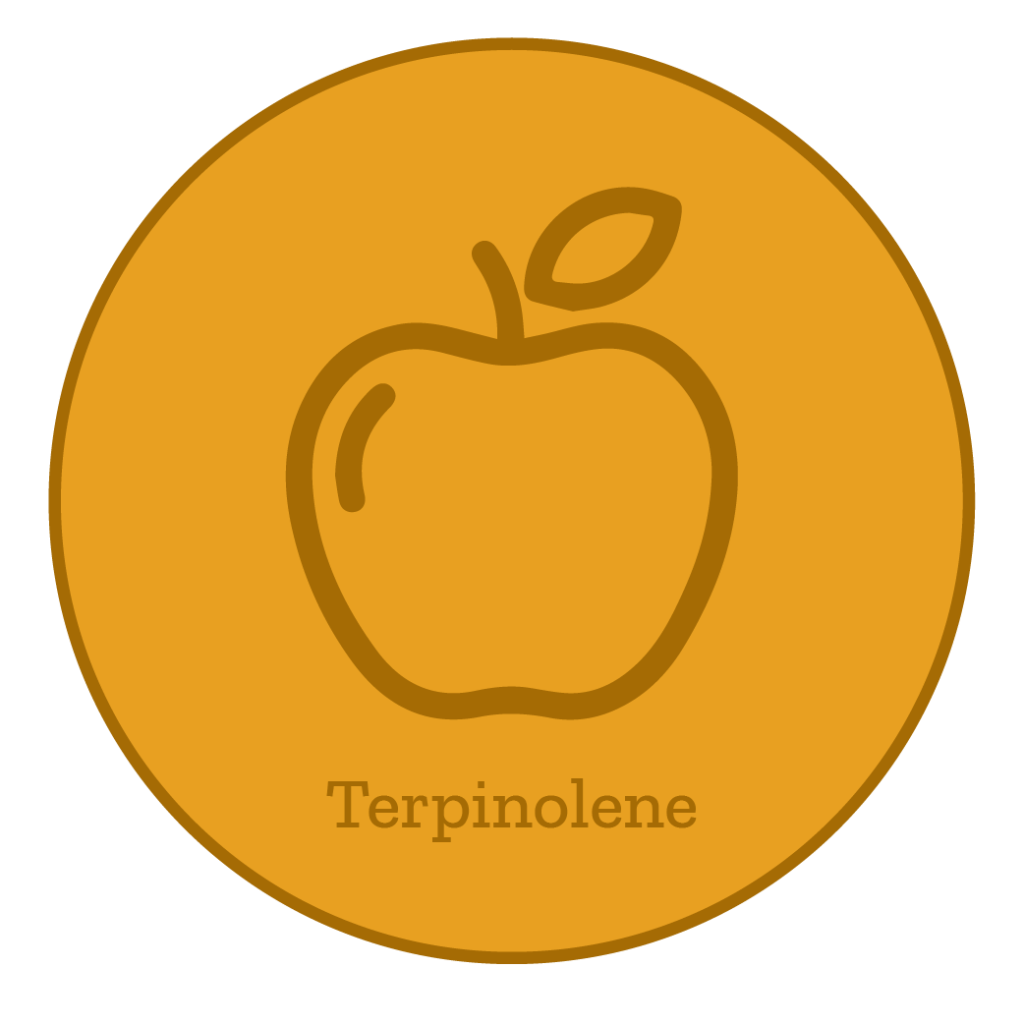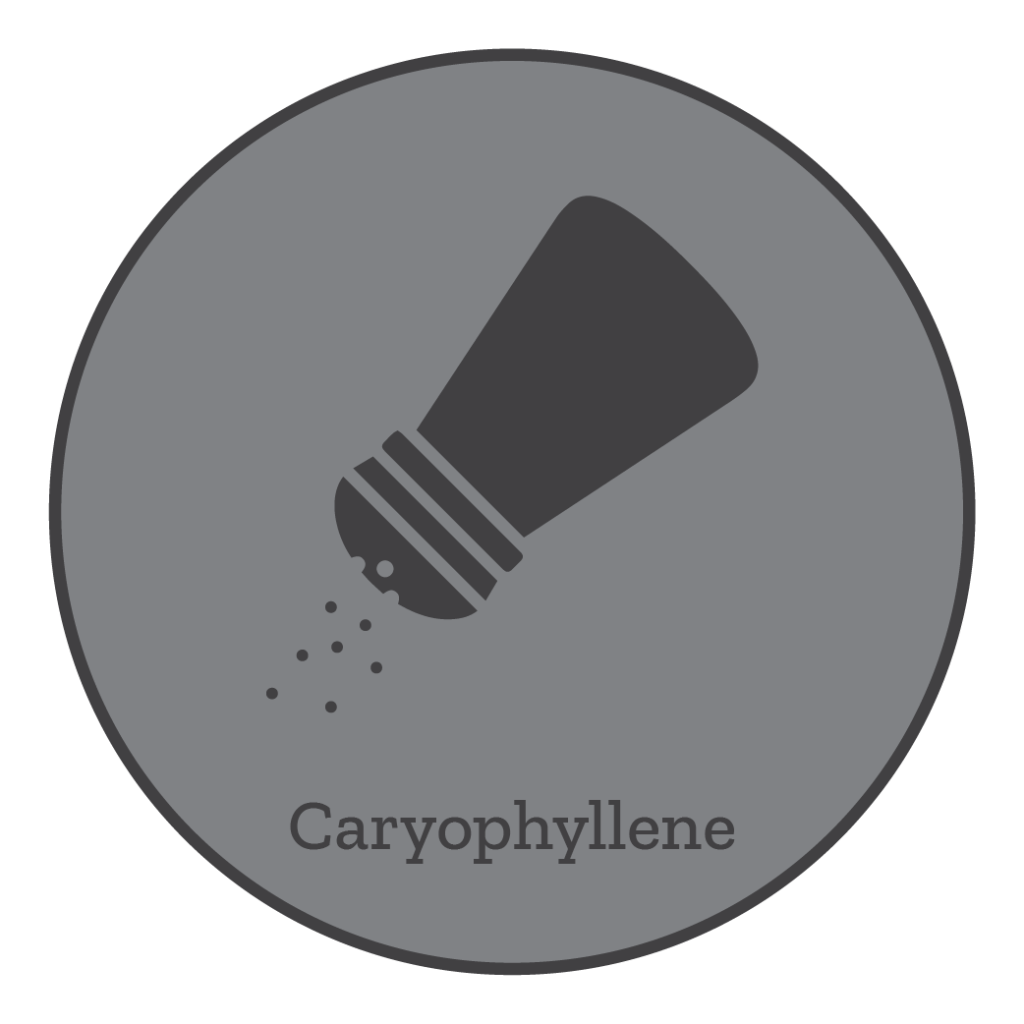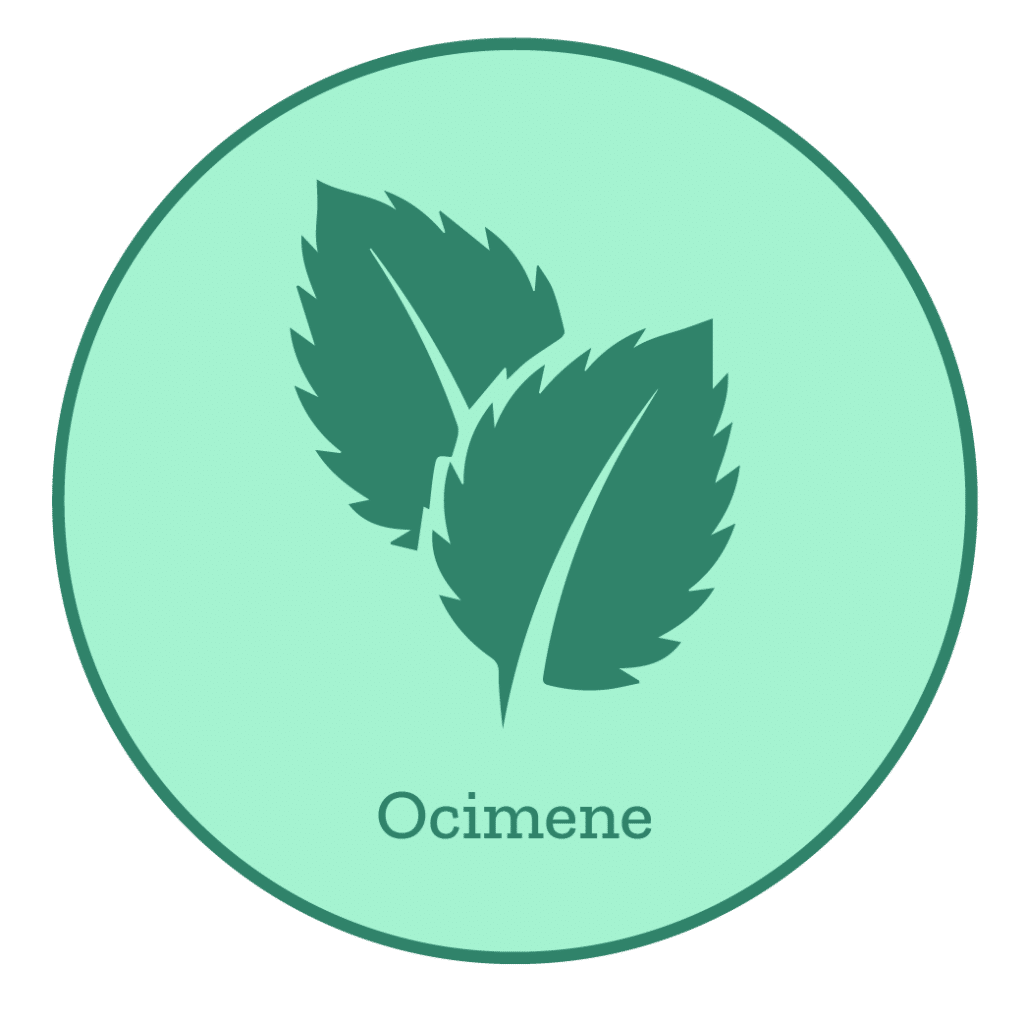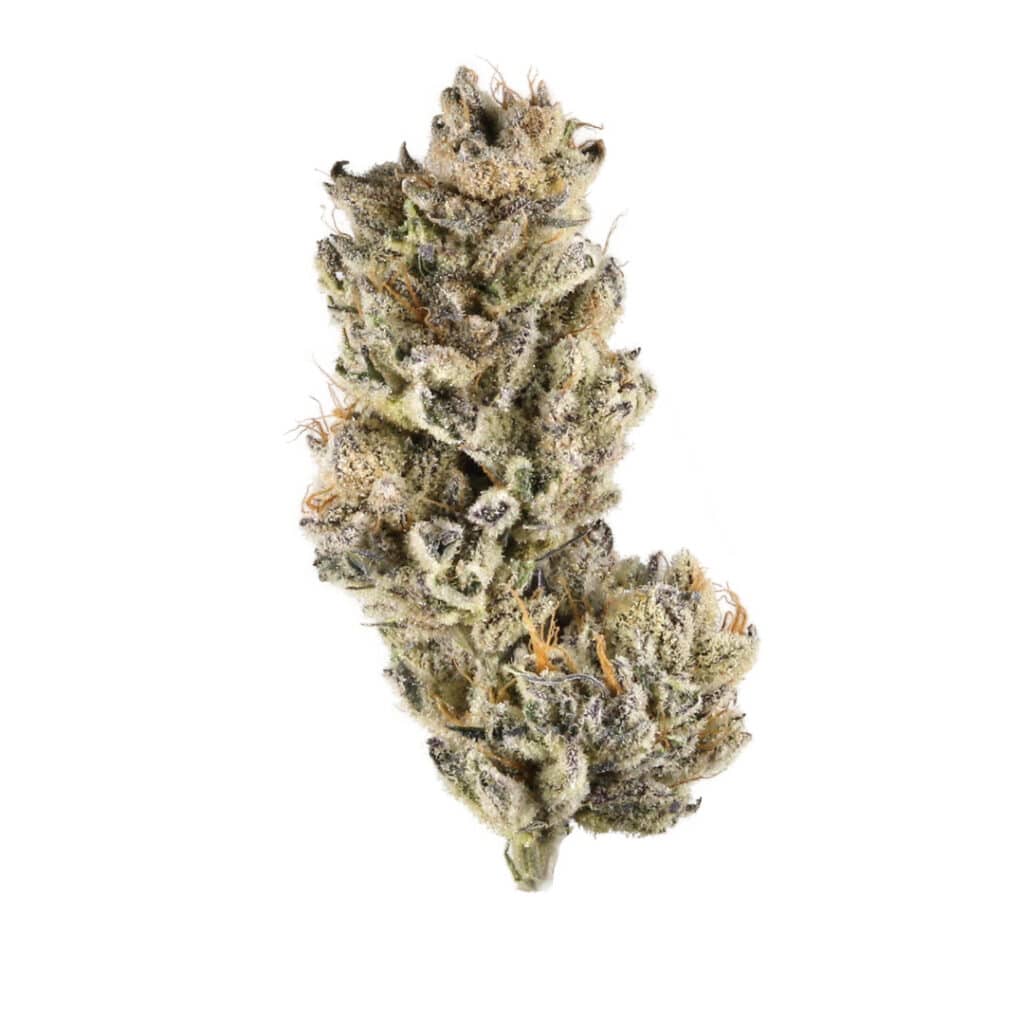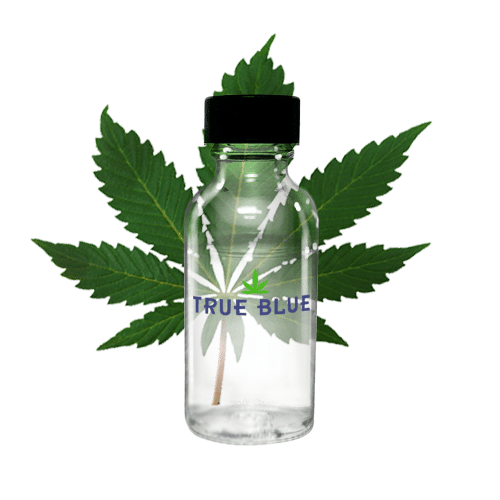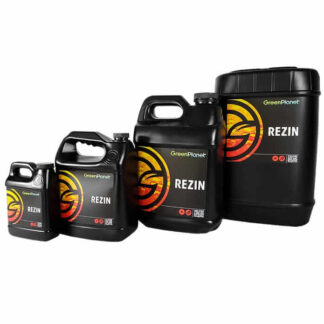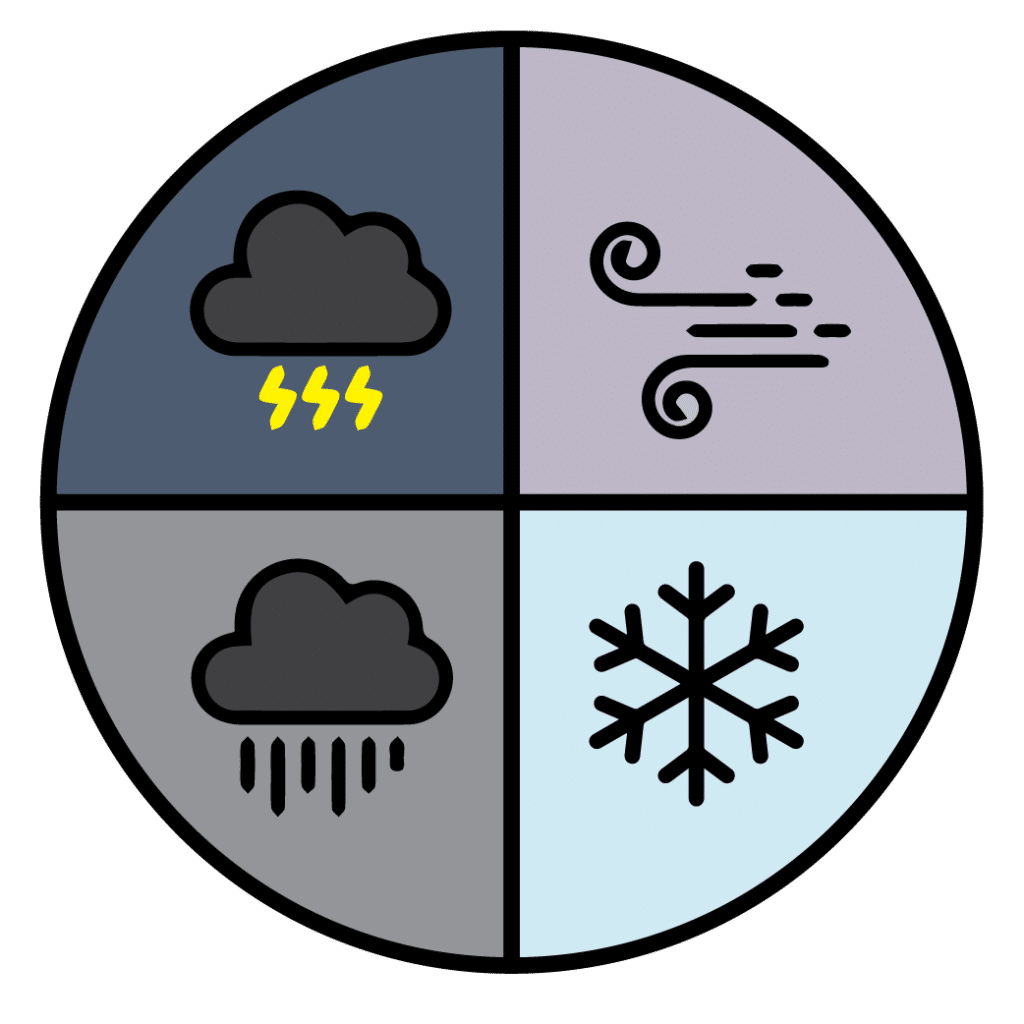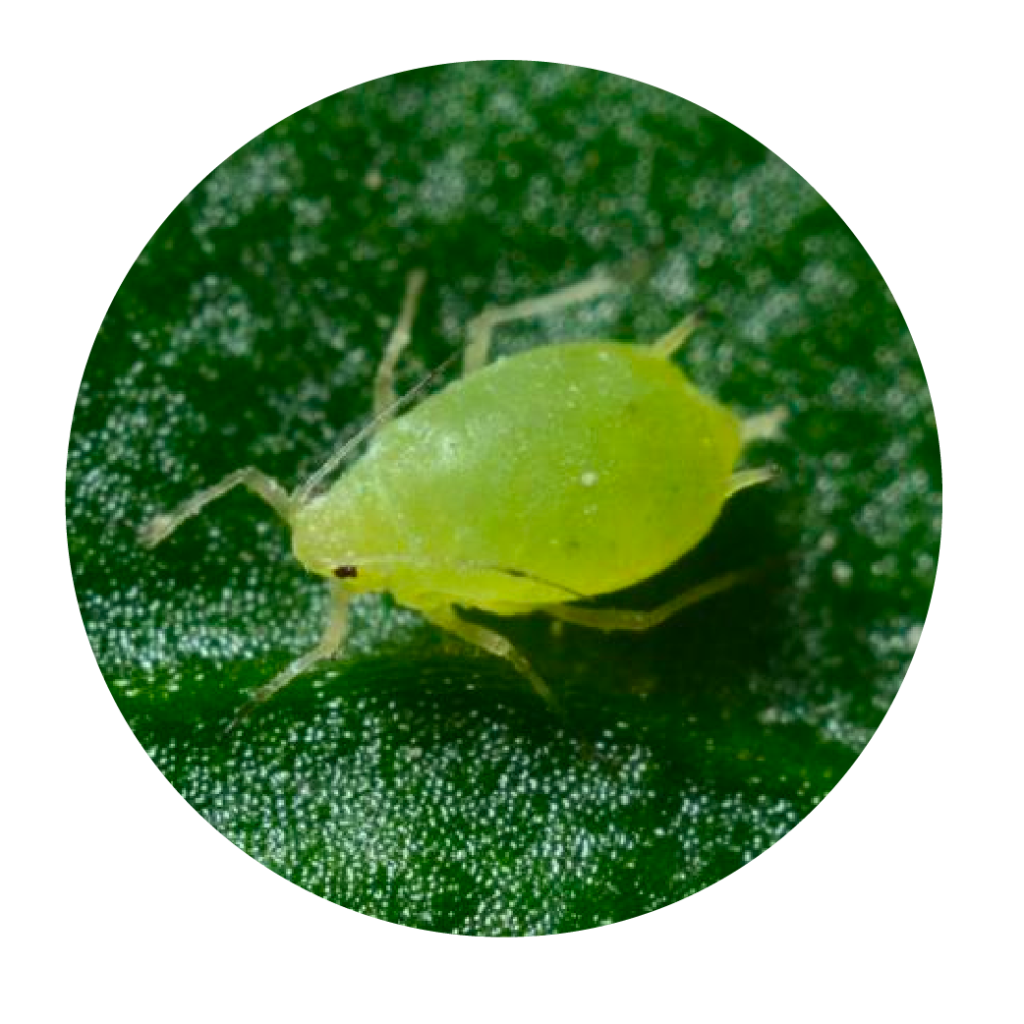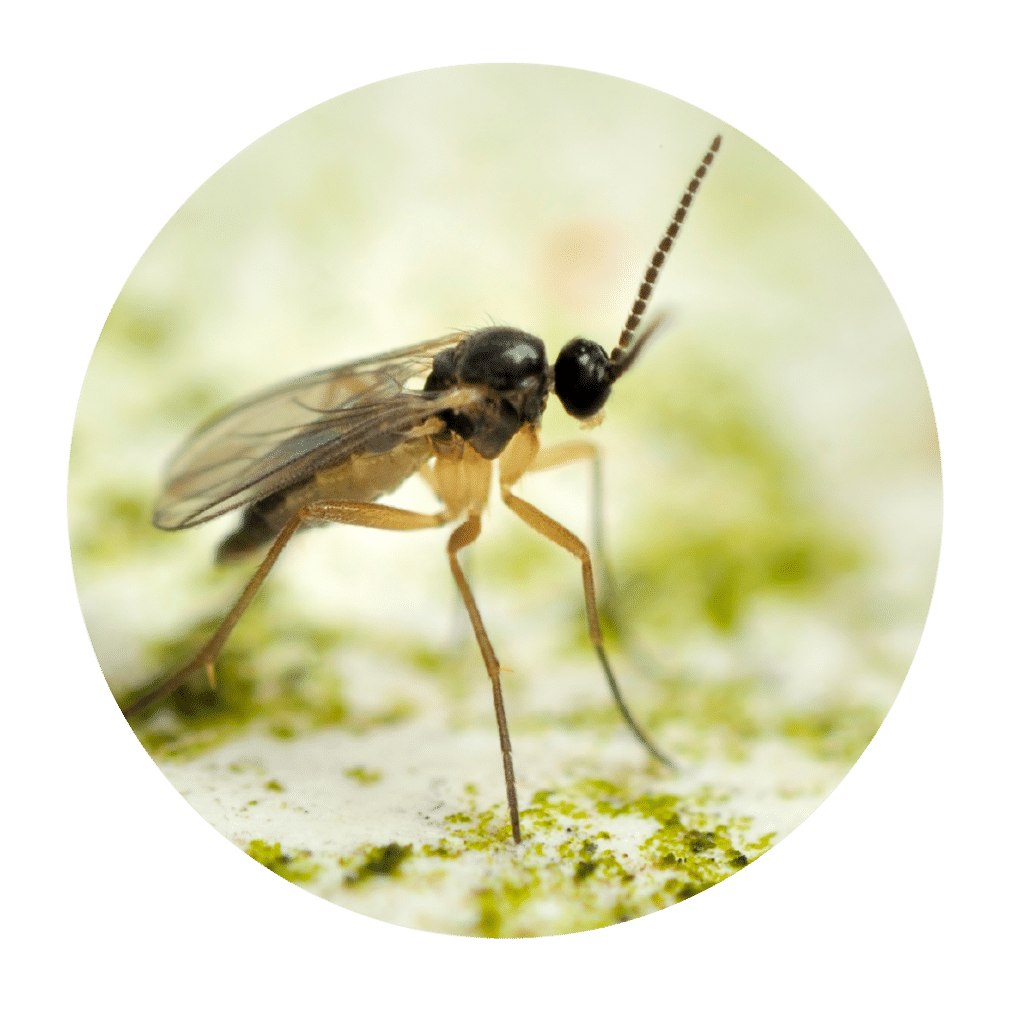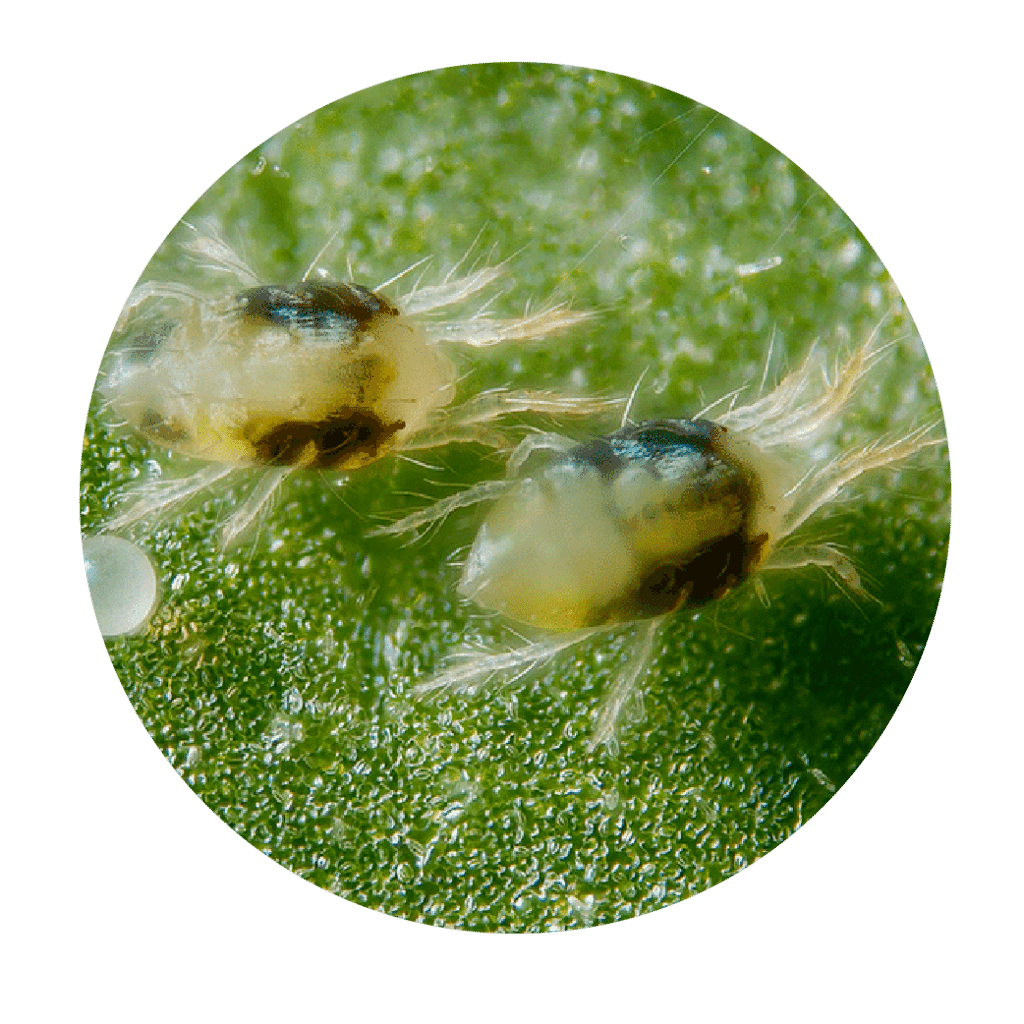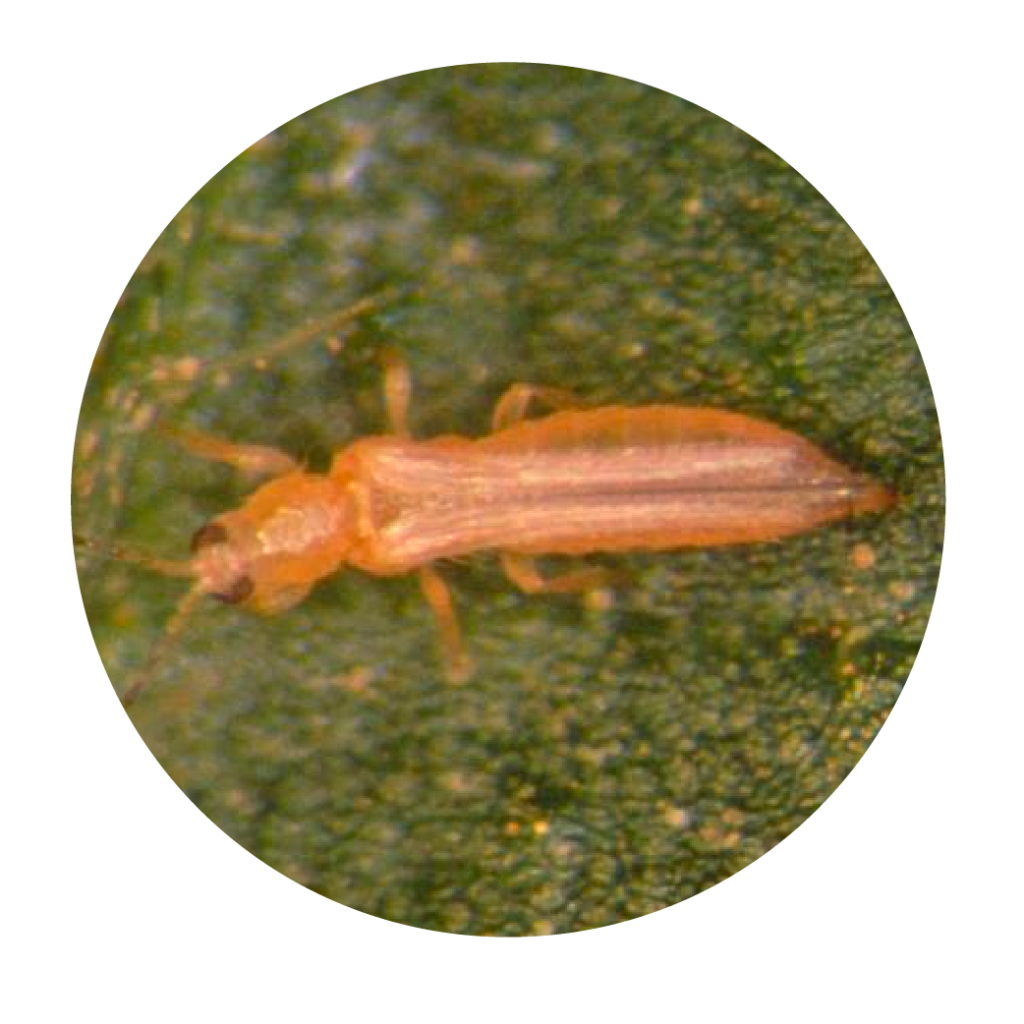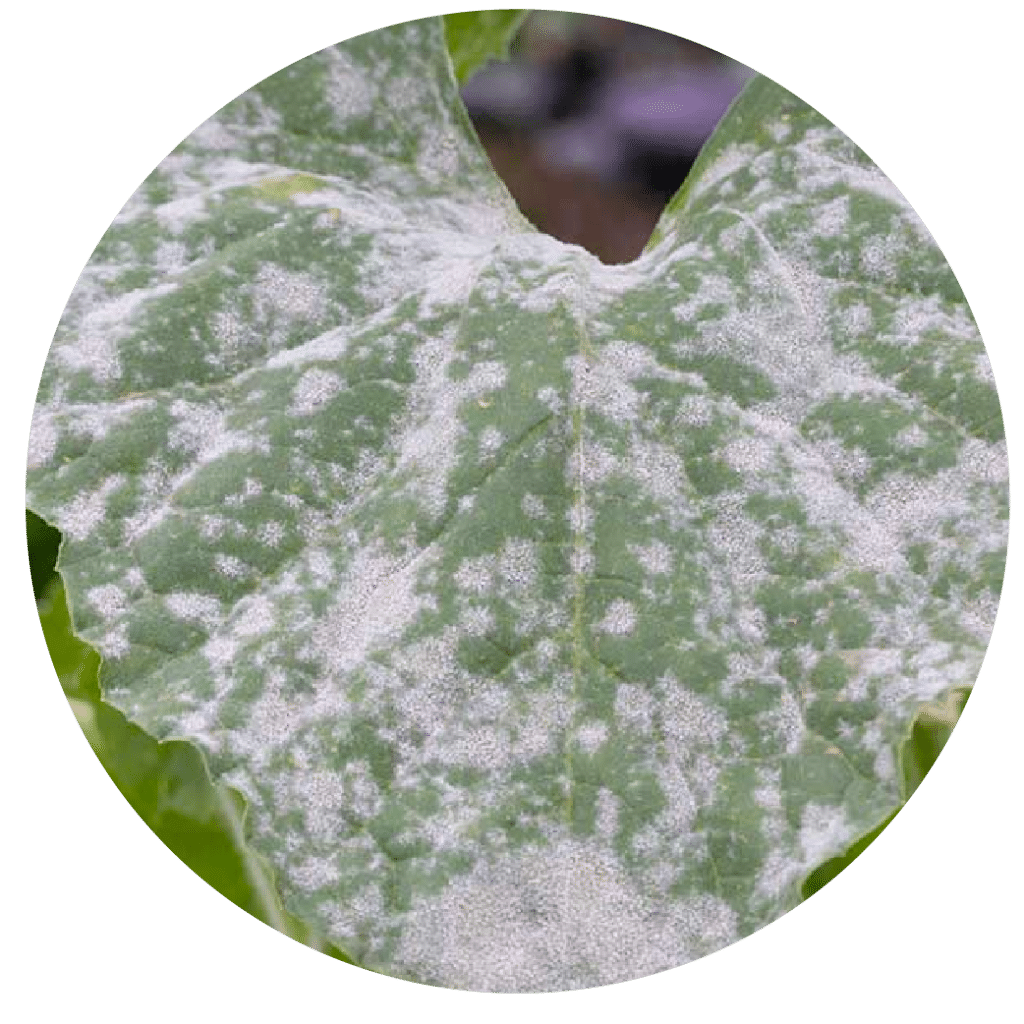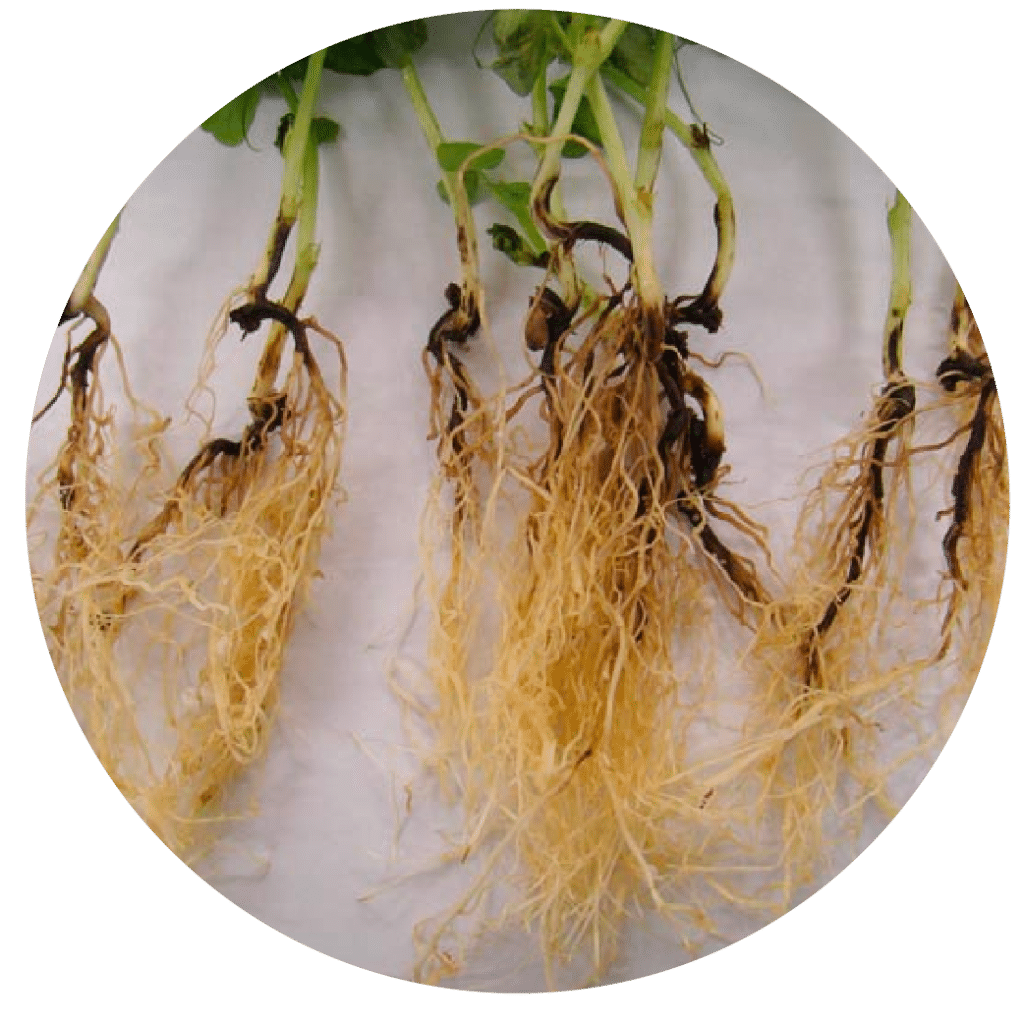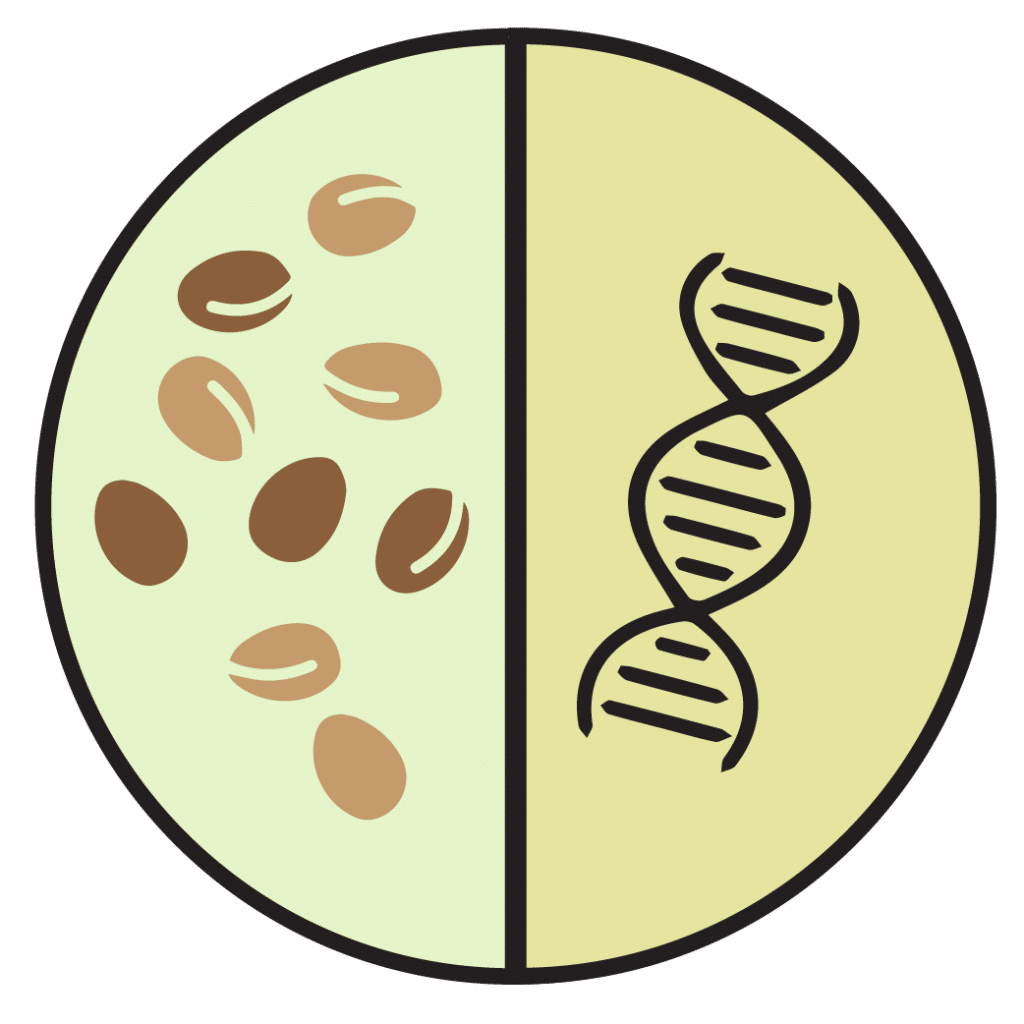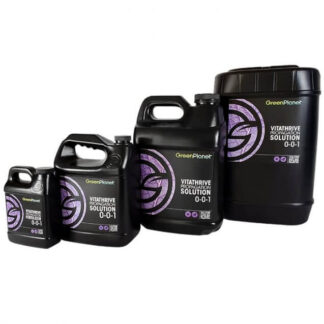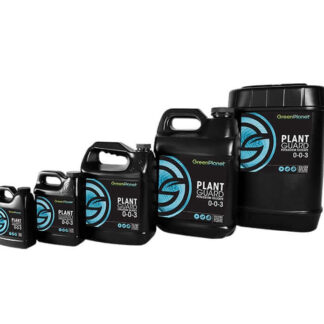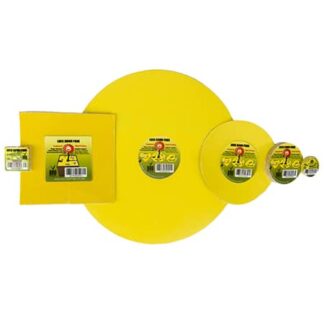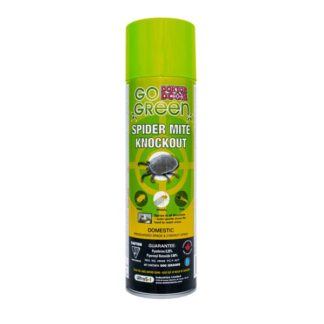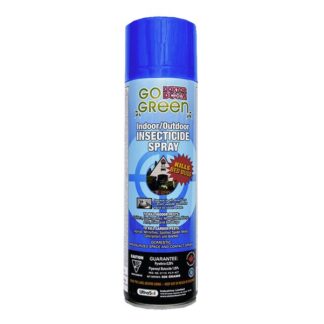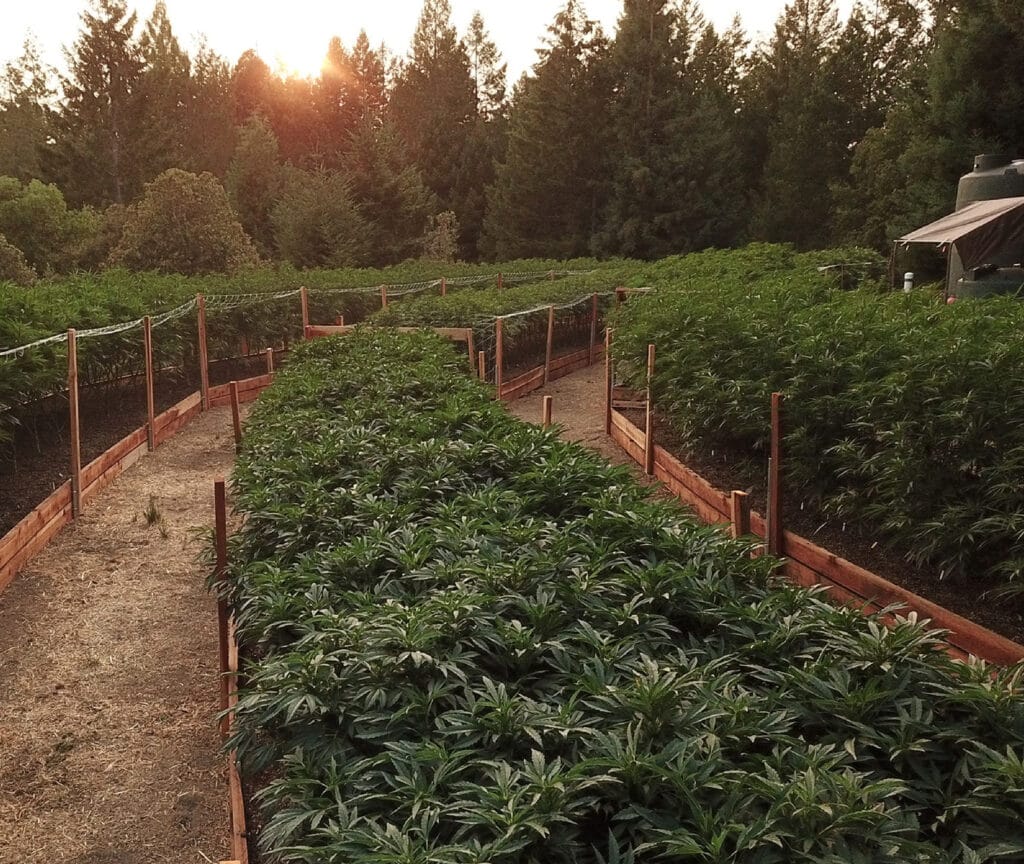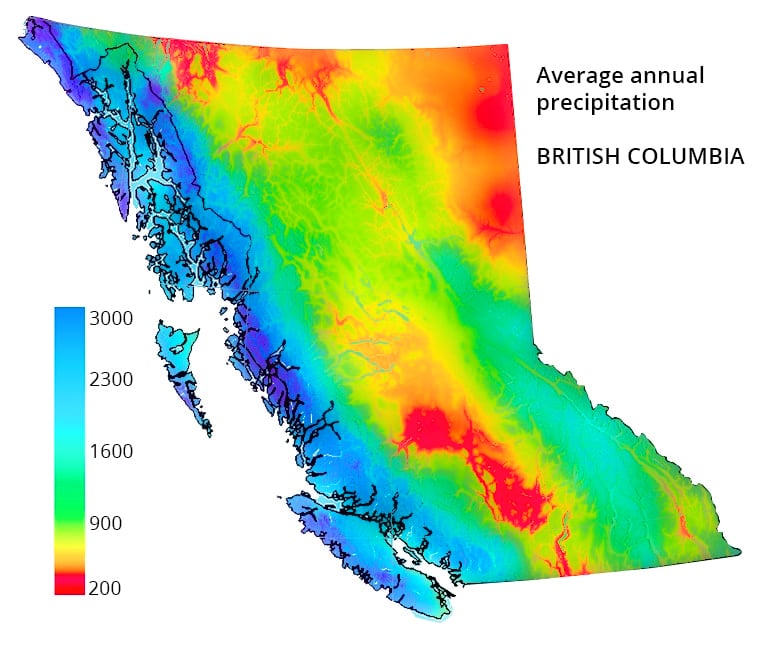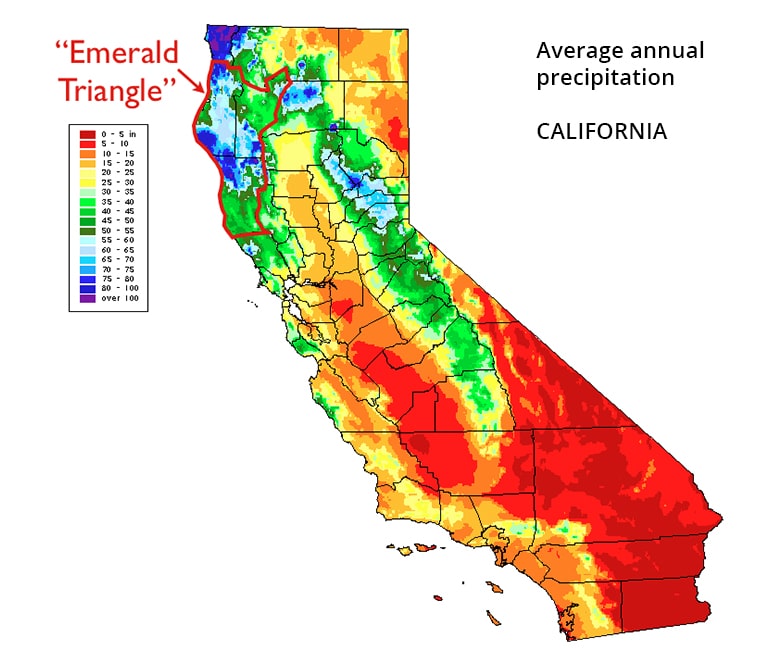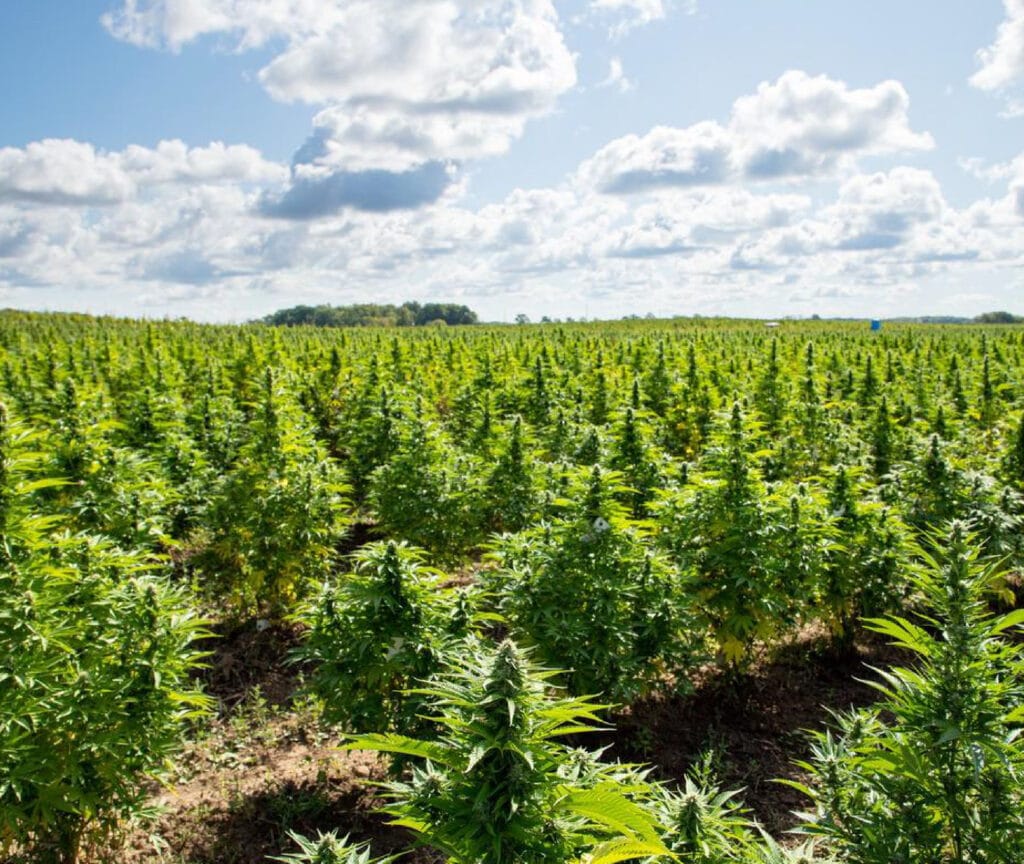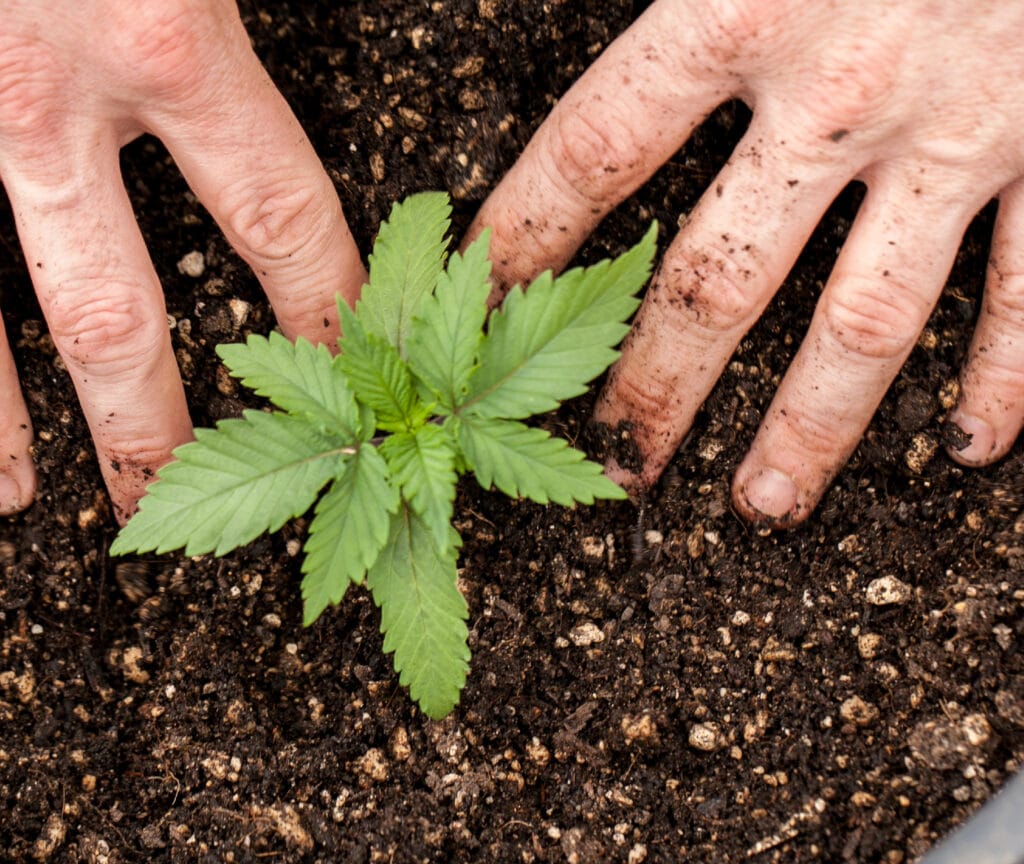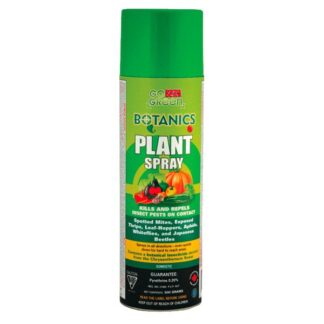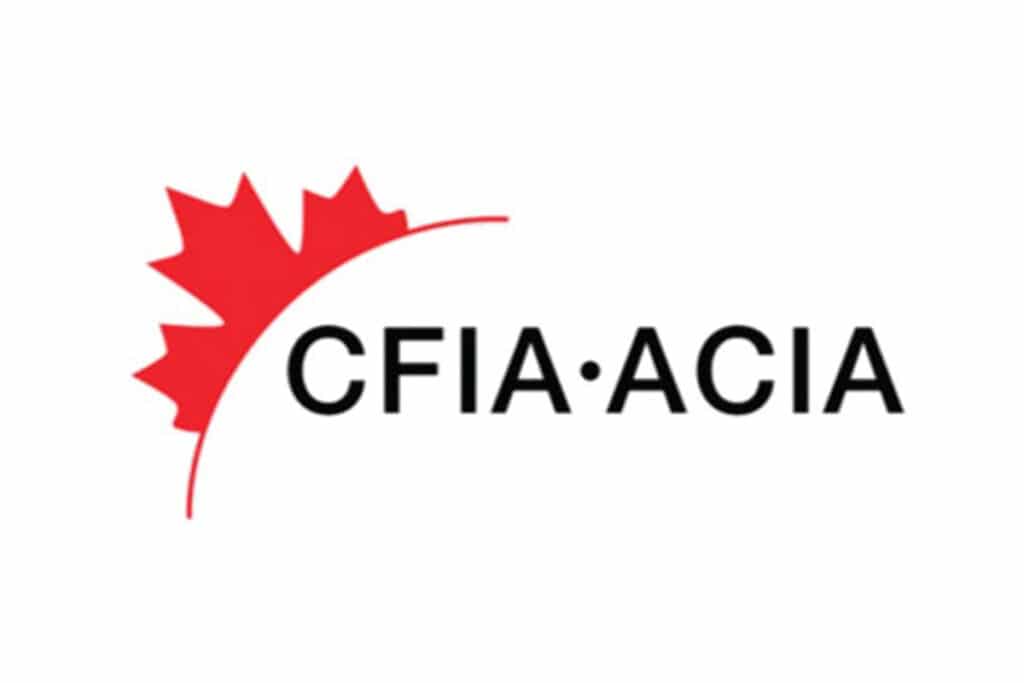Harvest Equipment Available at GreenPlanet Wholesale
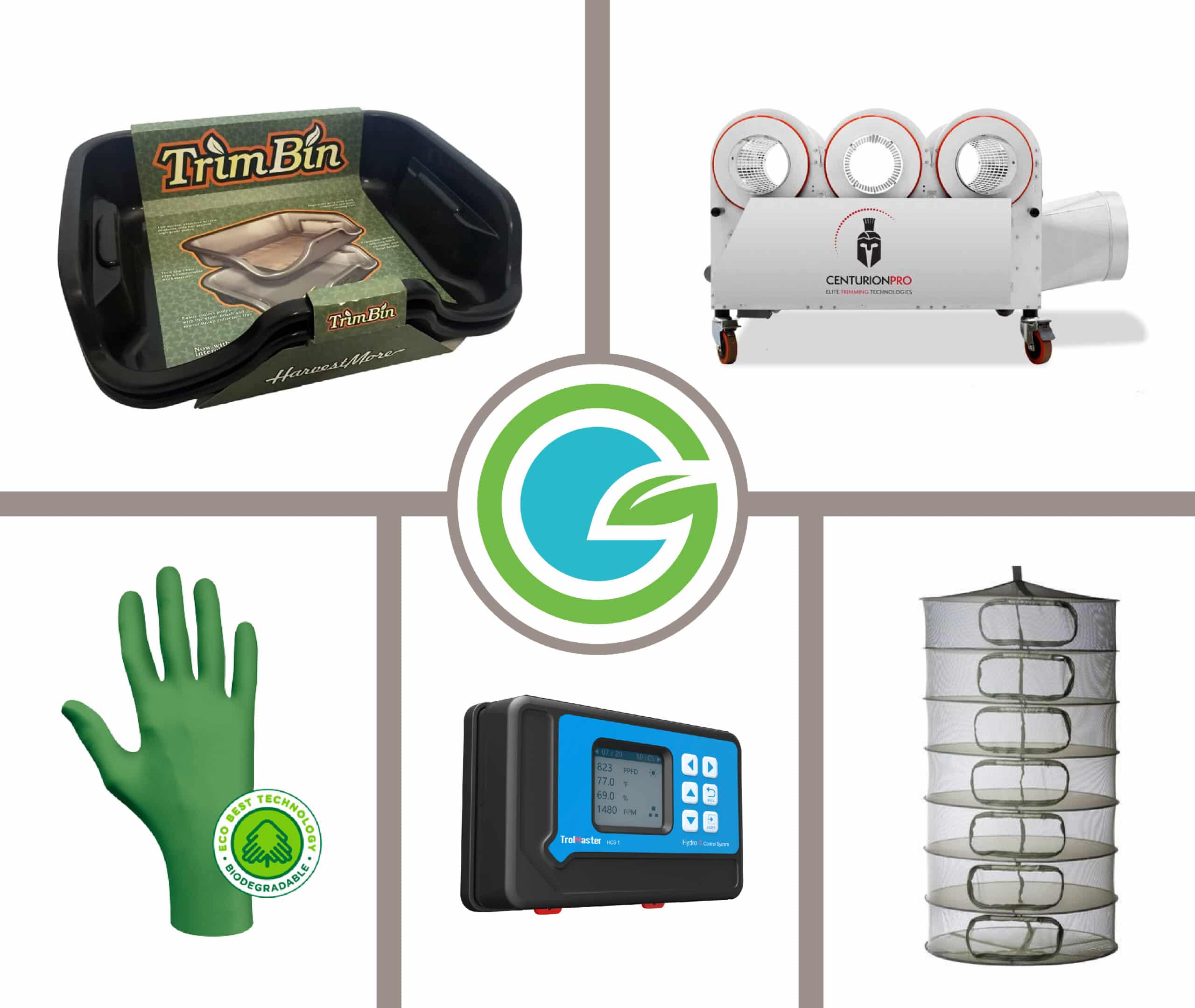
A heavy harvest can be a time for celebration. But before the champagne and caviar, growers must navigate one of the most challenging stages of cultivation. Similar to bottling and ageing fine wine, the harvesting process has the potential to express some of the best flavours and aromas cannabis has to offer. However, if procedures are rushed, even the most potent flowers can end up overdried, stale and tasteless. To combat this tragedy, factors like environmental controls, procedures, tips, and tools all play an essential role in producing flowers that stimulate and excite the senses. Lucky for us, GreenPlanet Wholesale is stocked with harvest equipment to help protect and enhance your investment. From gloves to automated trimmers, let’s look at some of the best harvest equipment GreenPlanet Wholesale has to offer.
Showa Gloves
As manufacturers of the industry’s best disposable gloves, Showa’s motto, “Always Innovating – Never Imitating”, is well-deserved. Showa’s 6110PF glove is 100% nitrile, powder-free, and fitted with Eco Best Technology® – this feature enables the gloves to quickly biodegrade after being disposed.
But even better than this, the “second-skin” feel of Showa gloves allows growers to be better protected and more efficient while trimming. Perfect for any task in the garden, Showa provides the comfort, dexterity, and protection that growers deserve.
CenturionPro’s Automated Trimmers
The benefits of hand-trimming a crop are clear. Although, for some licensed producers, the costs associated with a hand-trimmed harvest are not aligned with the business plan of their operation. This is why more producers than ever are moving towards automated trimmers. If you manage a large-scale operation, the costs of trimming a crop can be astronomical.
However, by investing in automated trimming technology, both labour costs and trimming time can be drastically reduced. For trusted trimming solutions, consider investing in CenturionPro Trimming Solutions. CenturionPro has a huge catalogue of trimming solutions available at GreenPlanet Wholesale. So, if you’re interested in increasing your operations ROI, contact a GreenPlanet sales representative to determine the best solution for your garden
Harvest More’s Trim Bin
If you’re deciding to hand-trim your crop, there is no better way to increase productivity, fight fatigue and enhance quality than investing in a Harvest More Trim Bin. A Trim Bin is an ergonomic trimming station that turns any chair into a fully functional workstation. It comes in two halves; the top is a large, high-walled trimming station with an interchangeable 150-micron screen, while the bottom is a mirror finish kief collection tray.
Harvest More also includes a static sweeping brush with every Trim Bin to help collect all the kief that is lost during the trimming process.
GeoPot’s Drying Racks
If you’ve wet trimmed your crop, you’ll need to dedicate a drying space for your flowers. Enter GeoPot’s Drying Racks – the most efficient way to vertically dry cannabis. GreenPlanet Wholesale stocks two of GeoPot’s most popular “Flower Tower” drying racks: the buckle-style and the zipper-style.
The Flower Tower buckle-style is an open rack that allows growers to access and distribute drying flowers on all sides, while the zipper-style rack is protected on all sides by perforated fabric, making it the perfect choice for tight spaces. All Flower Tower Dry Racks are equipped with a center strap to prevent bowing in the middle. And, both the buckle-style and zipper-style racks come with a carrying case for easy storage.
TrolMaster’s Hydro-X Environmental Controller (HSC-1)
Just like the grow room, the drying room’s environment has to be consistently monitored and controlled. That’s why growers are using TrolMaster’s environmental controller (HSC-1) for complete, customizable control for every environmental aspect in the garden. TrolMaster has 12 modules available for the Hydro-X to control HVAC systems, mini-split AC’s, dehumidifiers, humidifiers, CO2, irrigation pumps, and lighting.
However, the most powerful feature of the HSC-1 is the device’s ability to monitor your garden in real-time. Just connect to TrolMaster’s smartphone app to access data and control your garden from a distance. So, with the help of TrolMaster’s digital app, growers can make sure the drying room is protected against real-time threats like temperature swings and access humidity.
Latest News and Announcements
- A Closer Look at Products from FoxFarm Soil and Fertilizer CompanyFoxFarm Soil and Fertilizer company has consistently manufactured high-quality soils and nutrient systems for years by combining tested production methods with the wisdom and power… Read more: A Closer Look at Products from FoxFarm Soil and Fertilizer Company
- 2021 Highlights: AutoPot Watering SystemsIt’s been a great year for cultivators growing in AutoPot Watering Systems! Not only have our partners at AutoPot revolutionized the way we garden, but… Read more: 2021 Highlights: AutoPot Watering Systems
- Fish Sh!t: The Organic Supplement Proven to Increase Terpene and Cannabinoid ContentWelcome to the Sh!t show – that is, a show about the latest and most innovative microbial supplement on the market. Well, not really a… Read more: Fish Sh!t: The Organic Supplement Proven to Increase Terpene and Cannabinoid Content




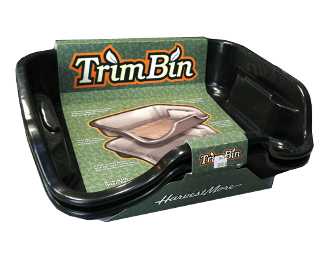
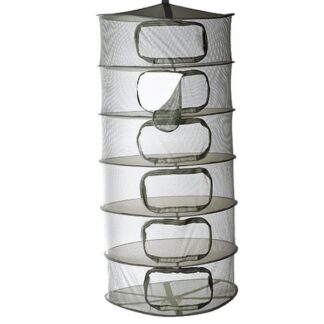
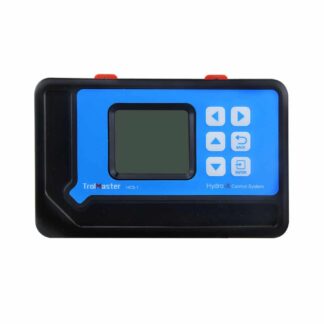
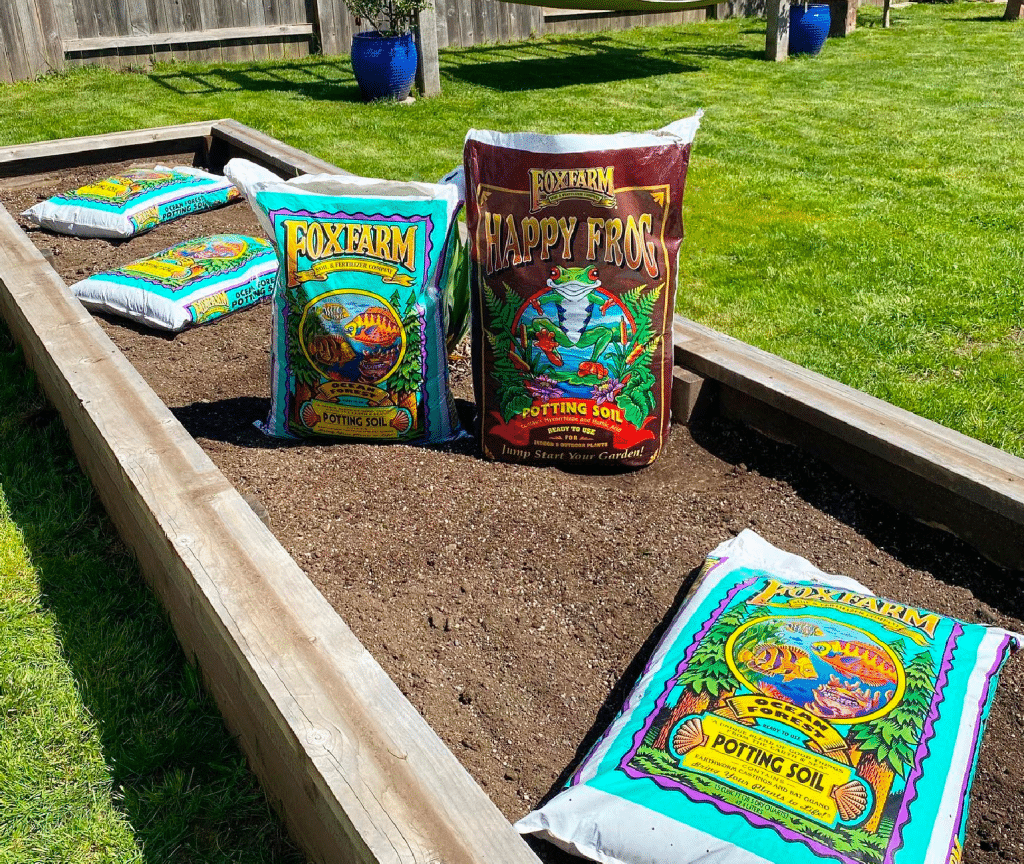
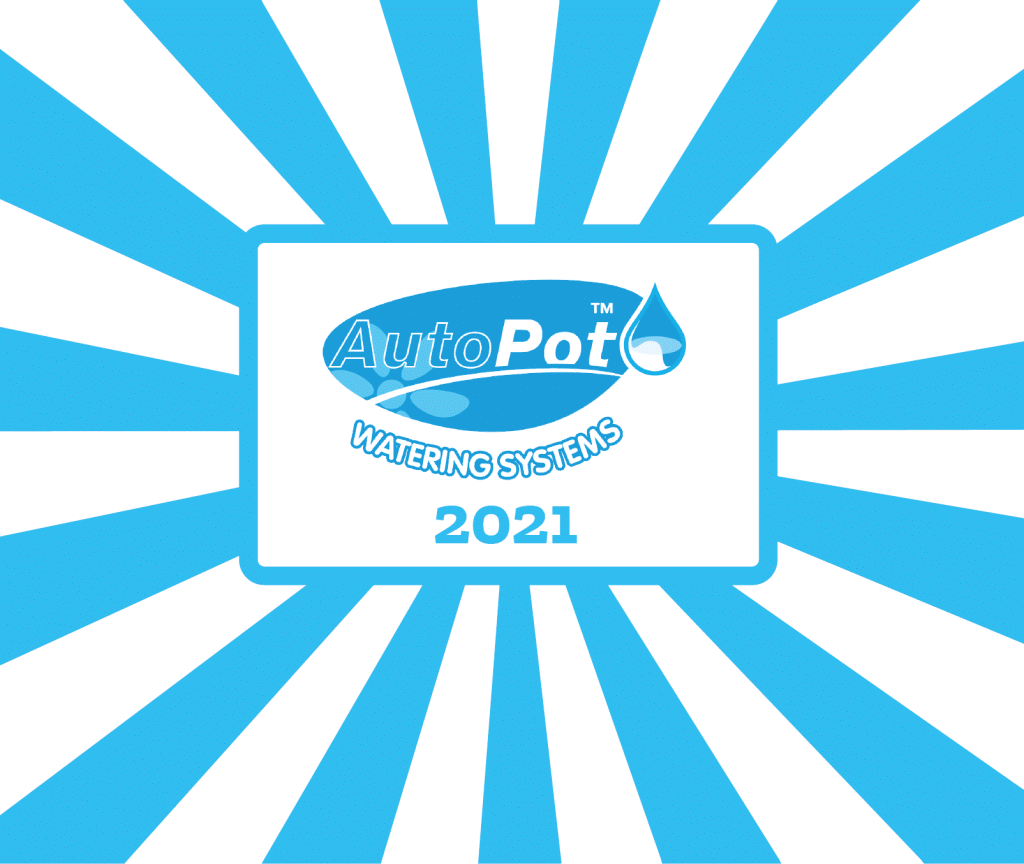

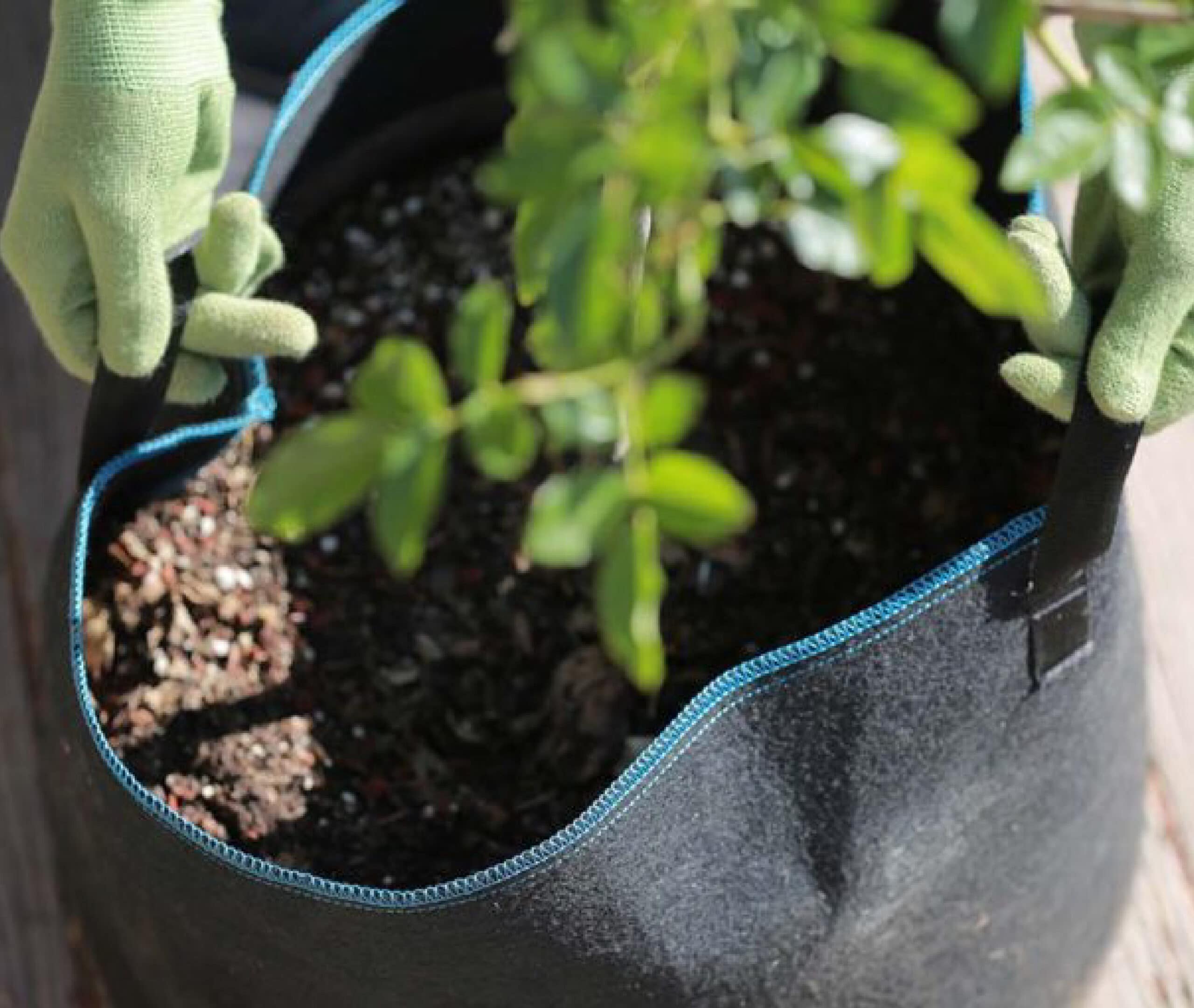
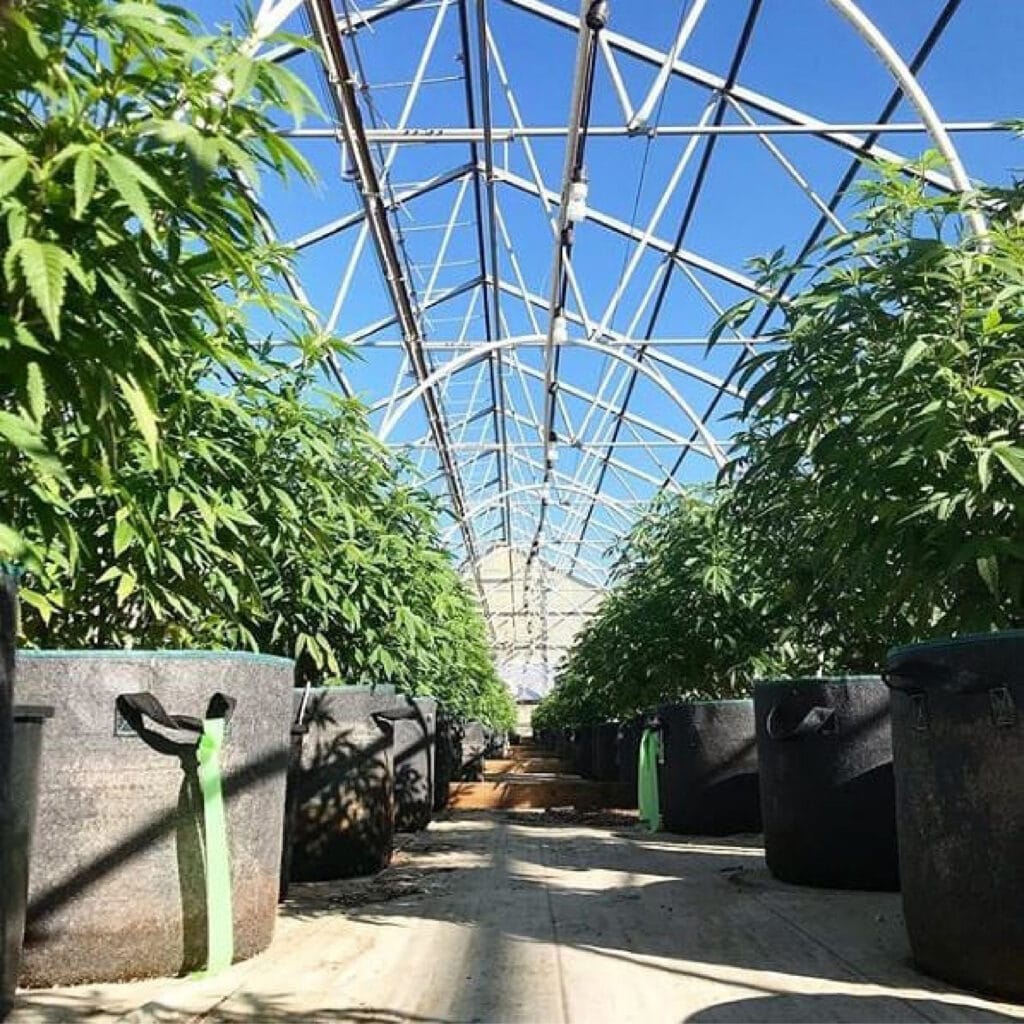
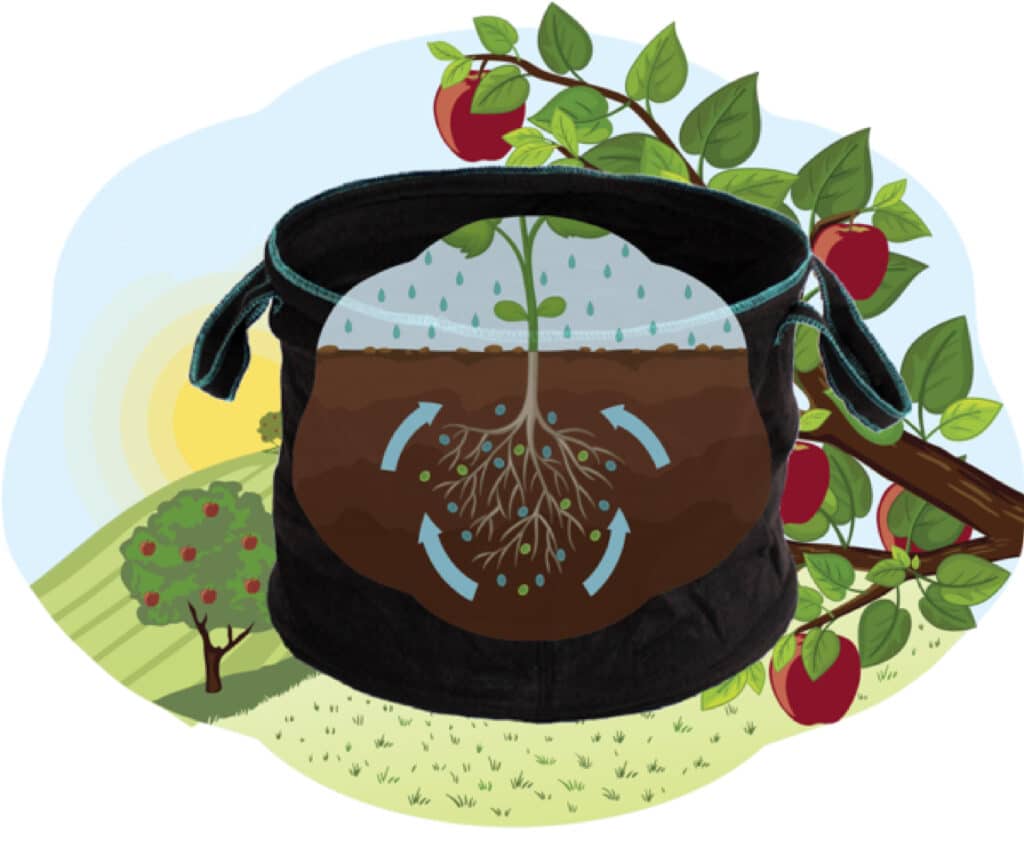

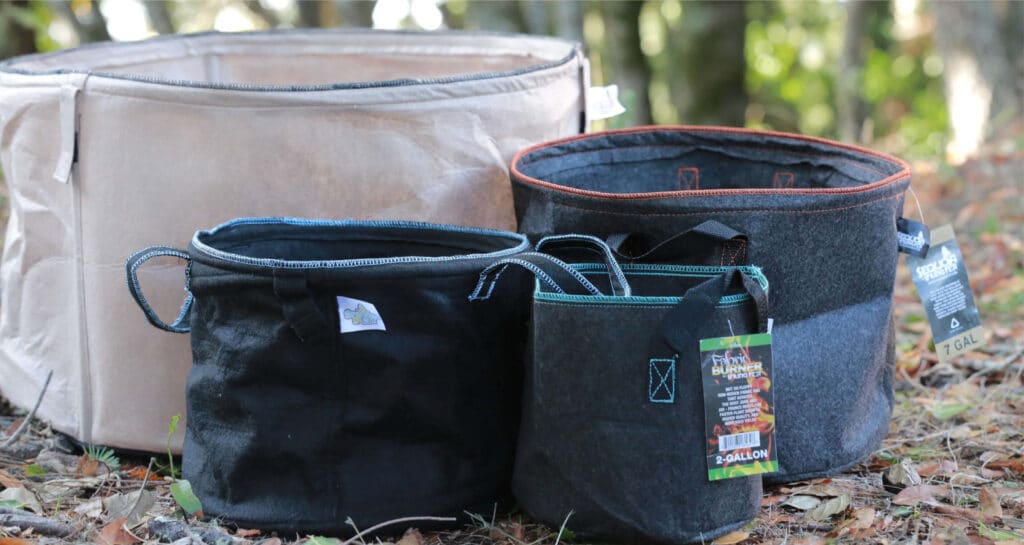

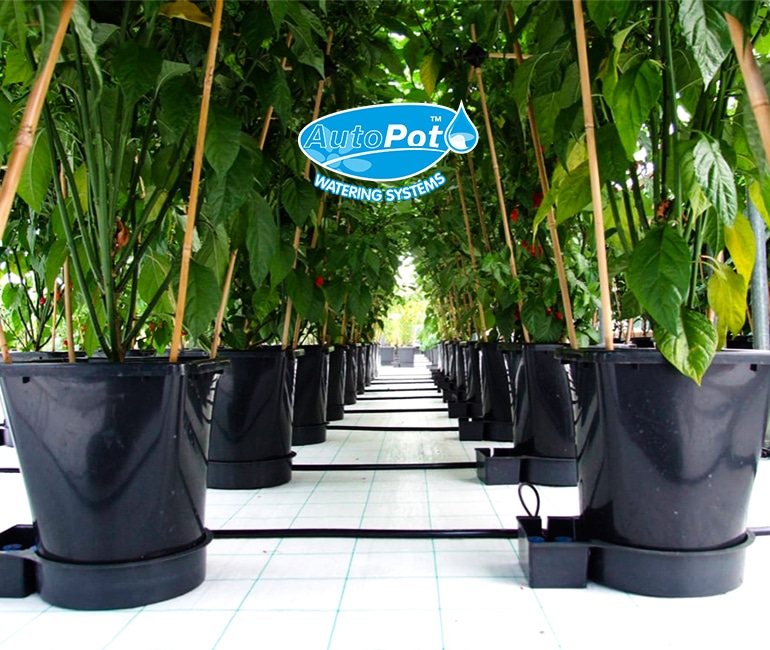
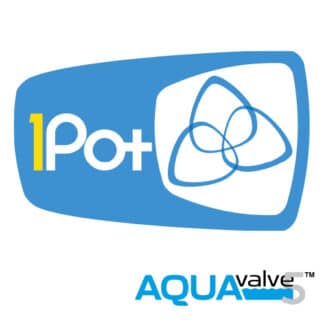
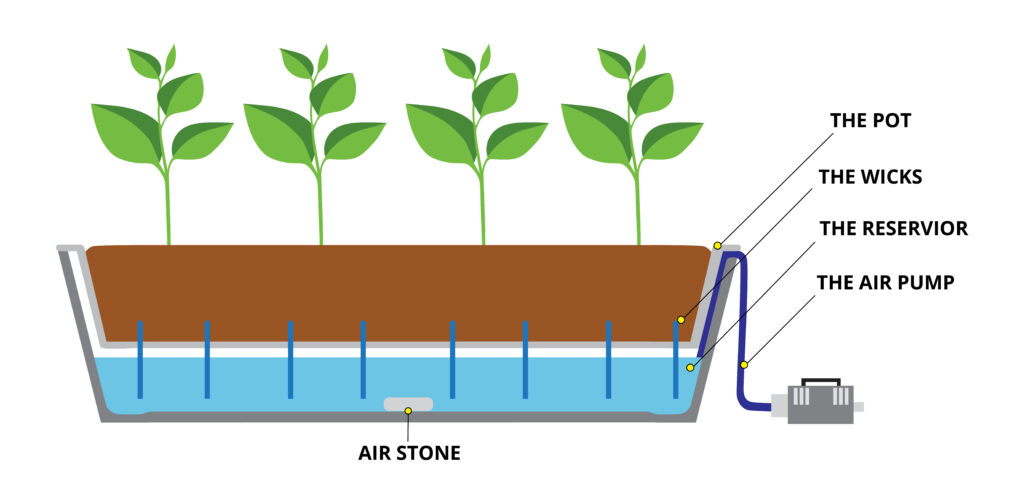
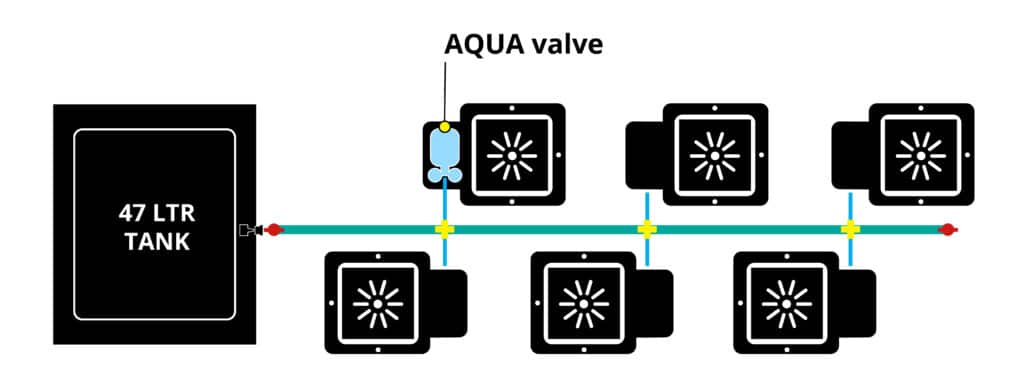

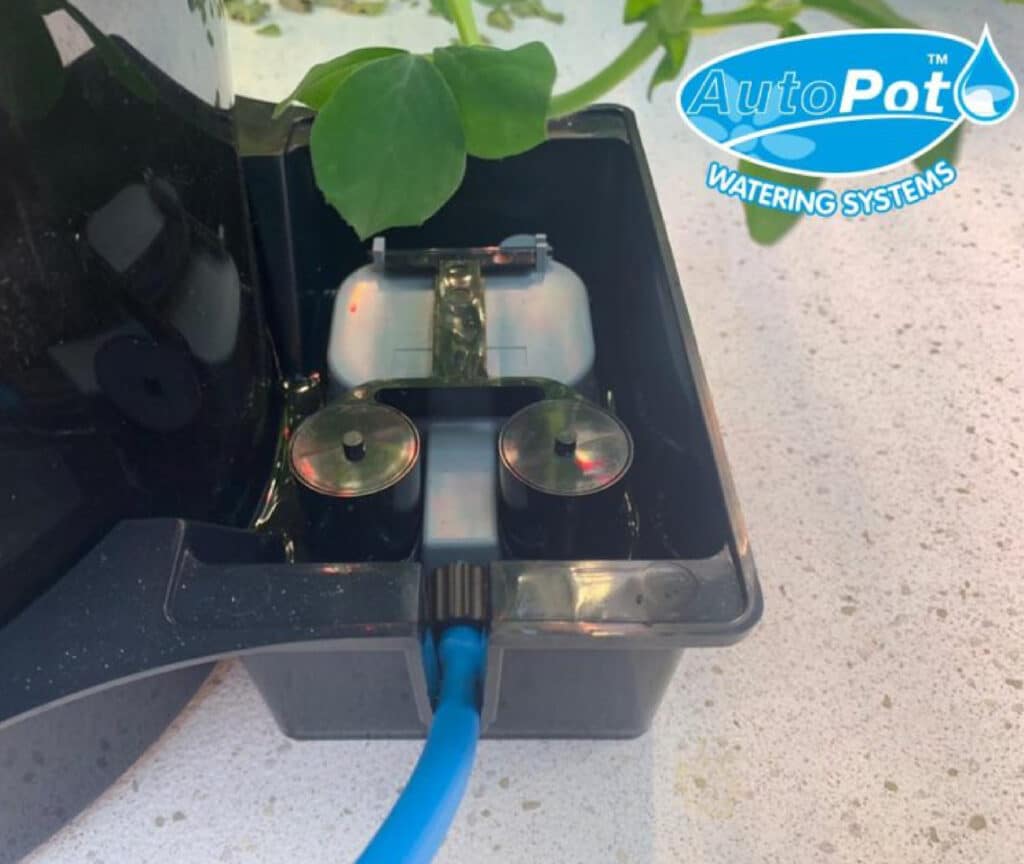
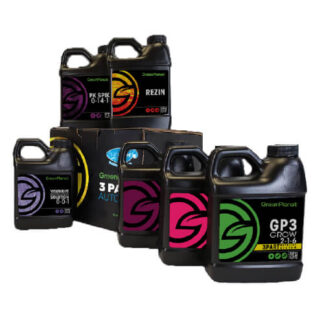
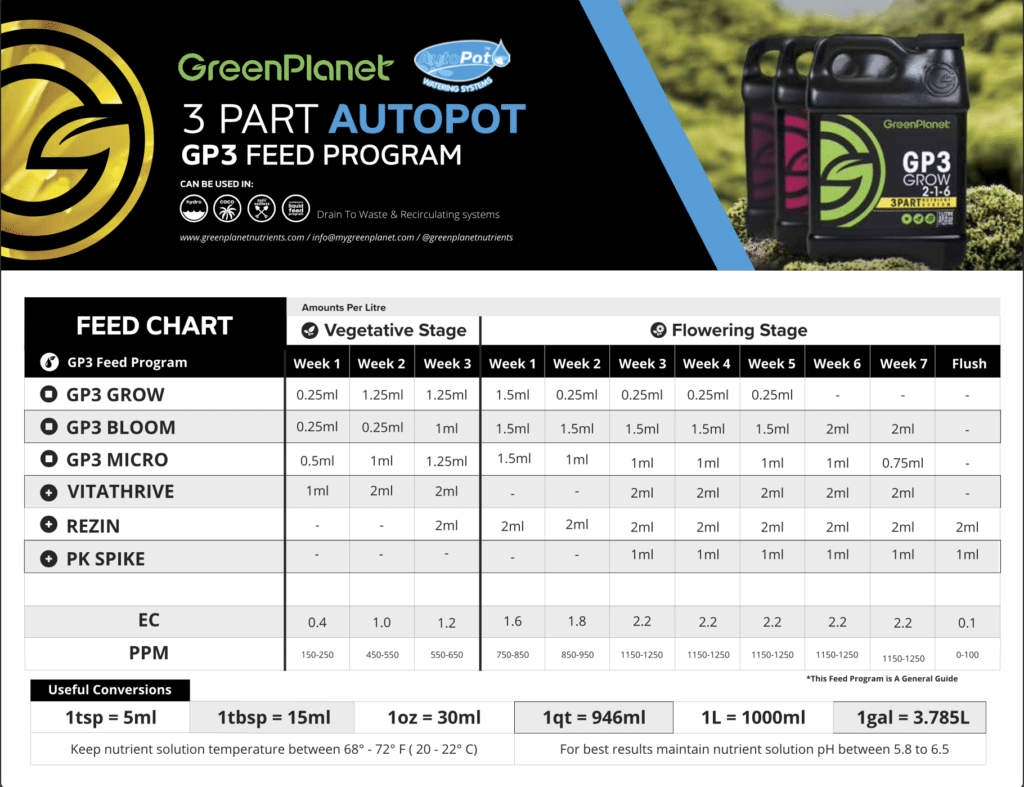
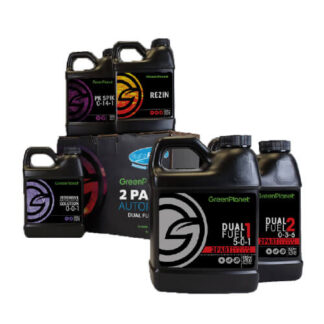
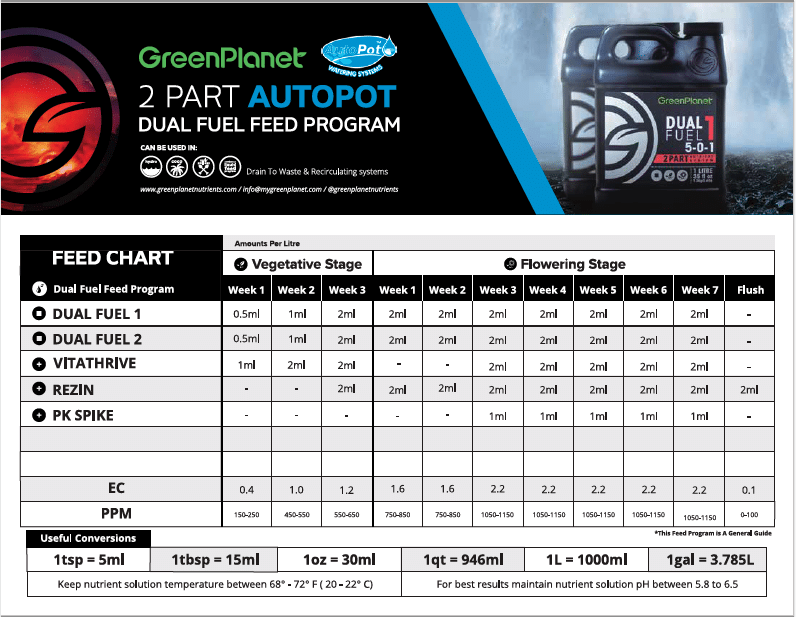
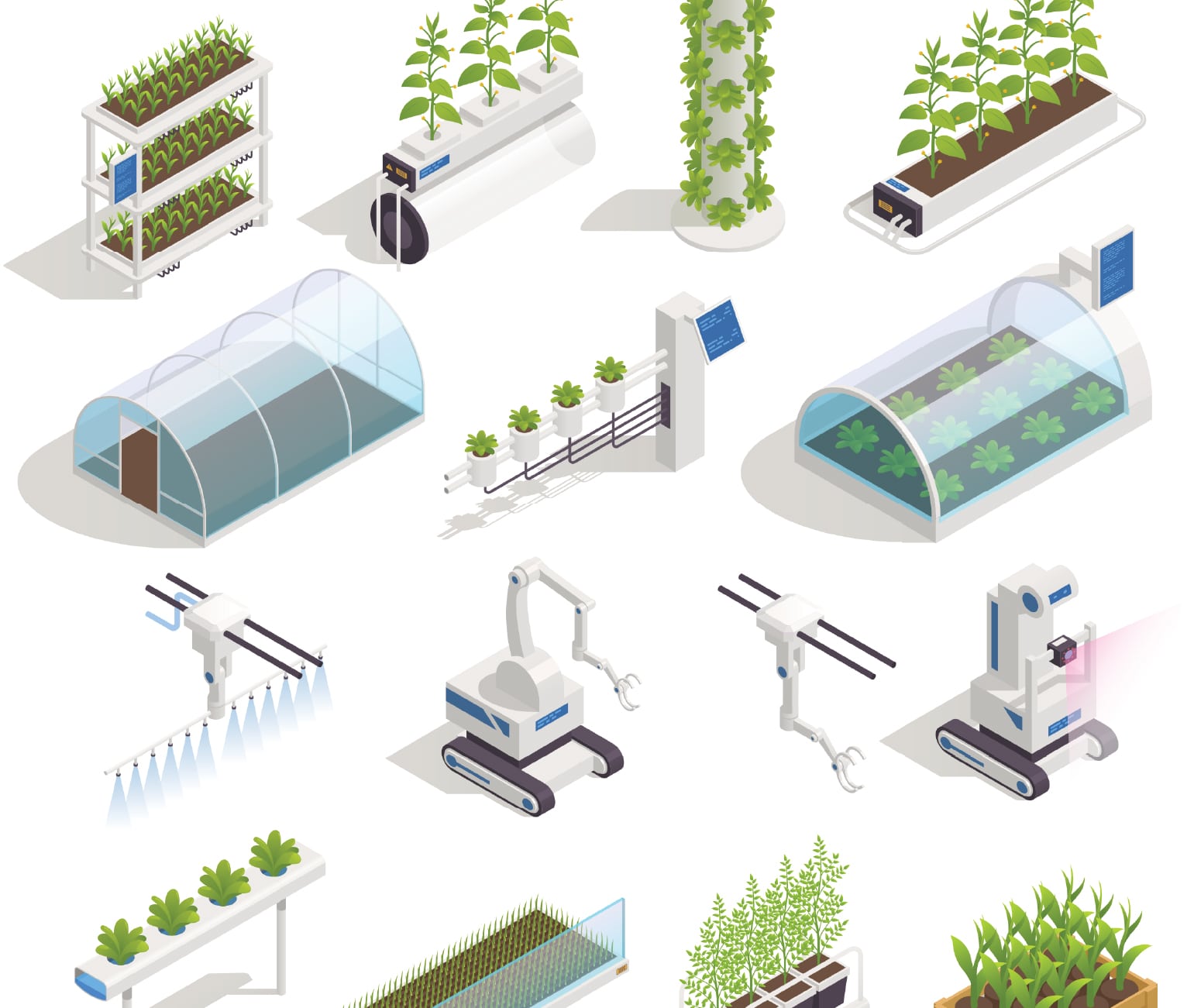

![TrolMaster Hydro-X Device Station Pack [1xDSC, 1xDSH, 1xDST, 3xDSP]](https://greenplanetwholesale.ca/wp-content/uploads/2020/03/TrolMaster-Device-Station-6-Pack-2-324x324.jpg)
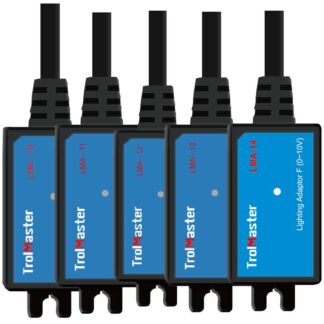
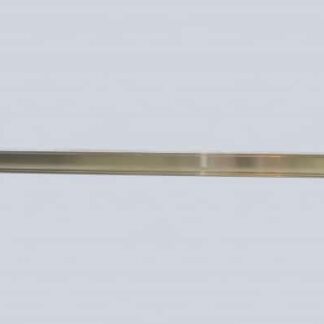
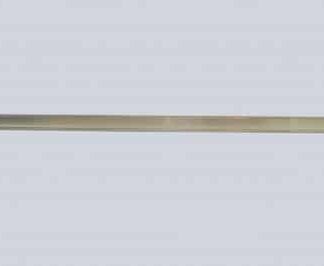
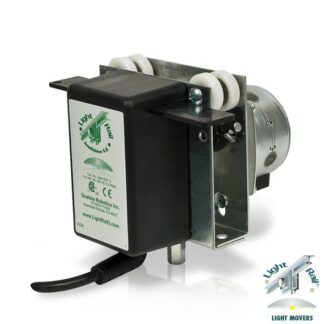


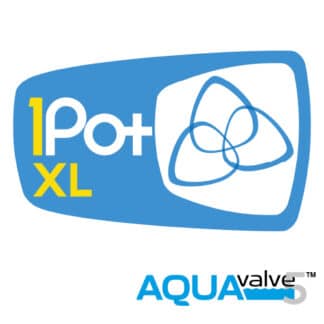
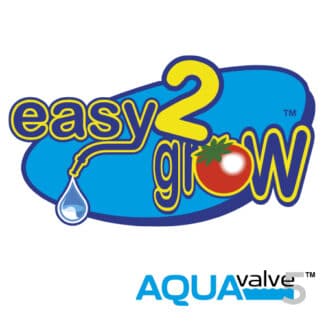
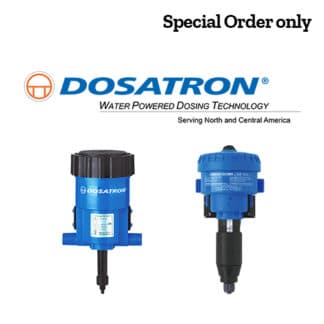
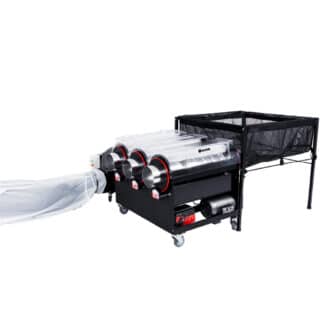
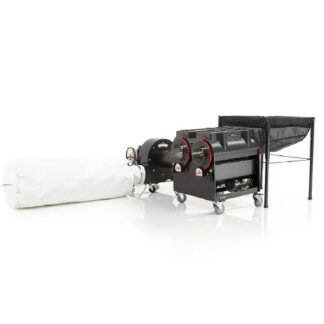
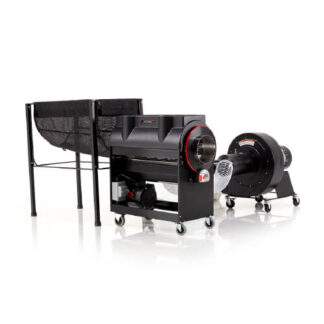
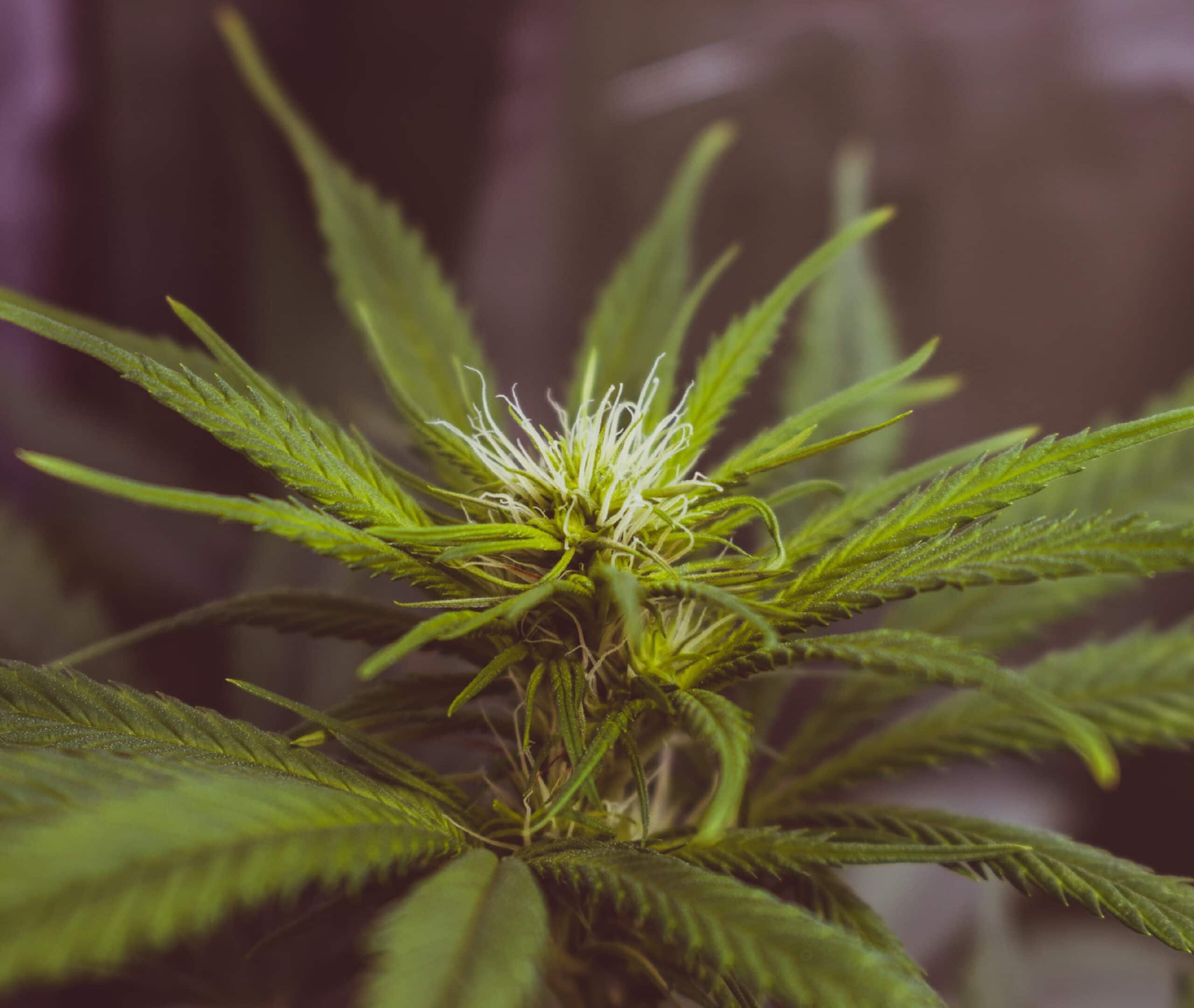

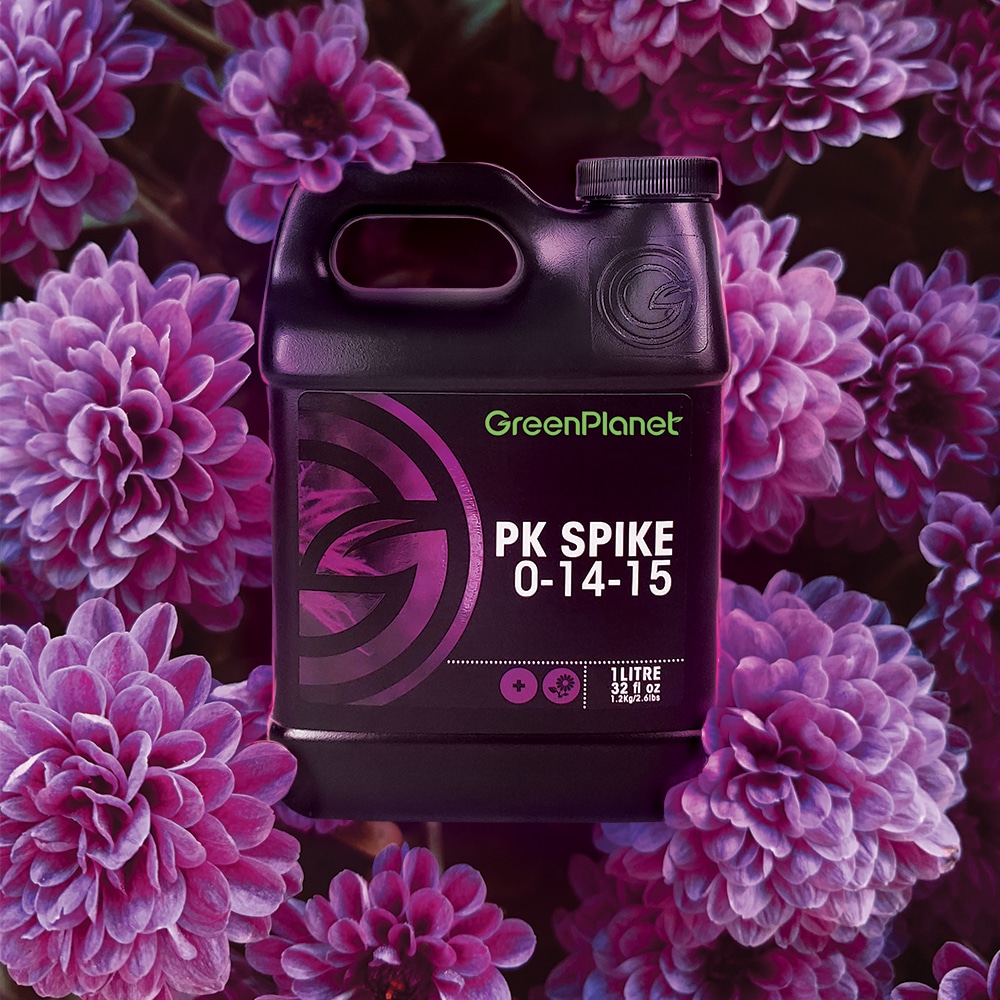
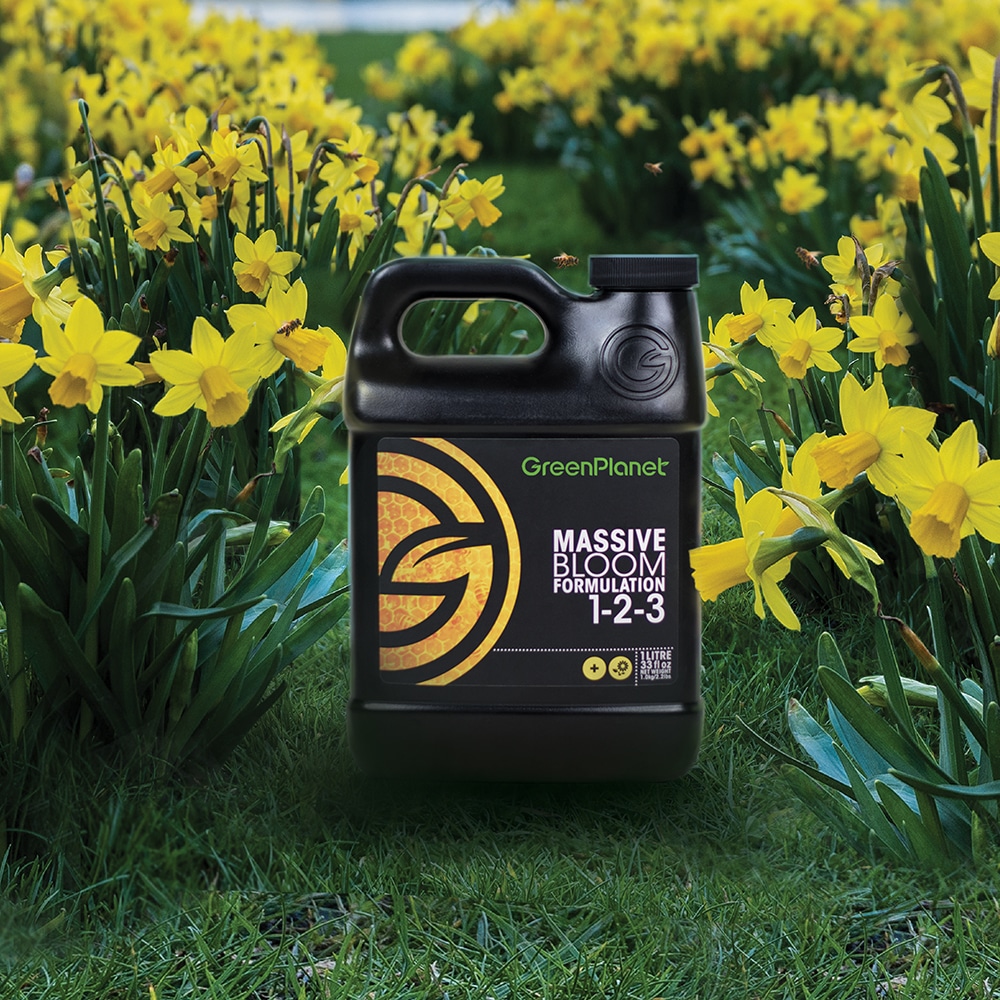
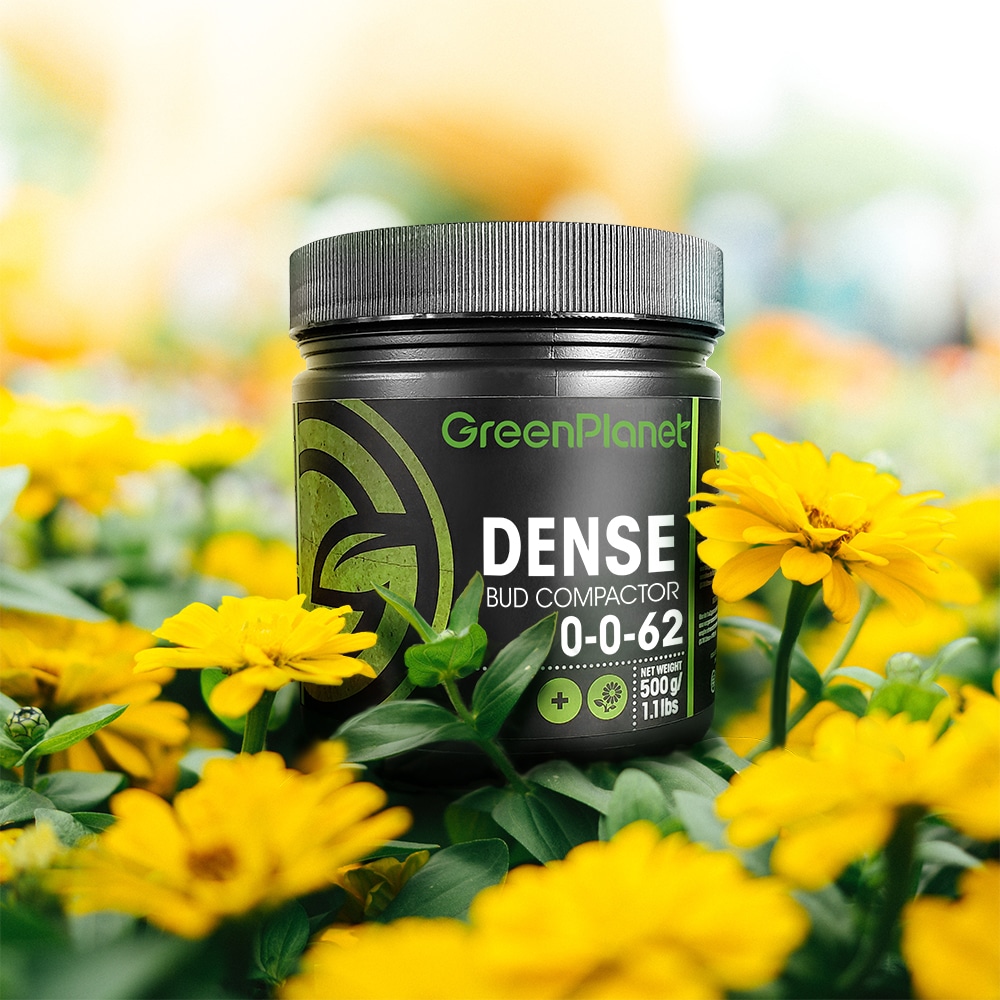

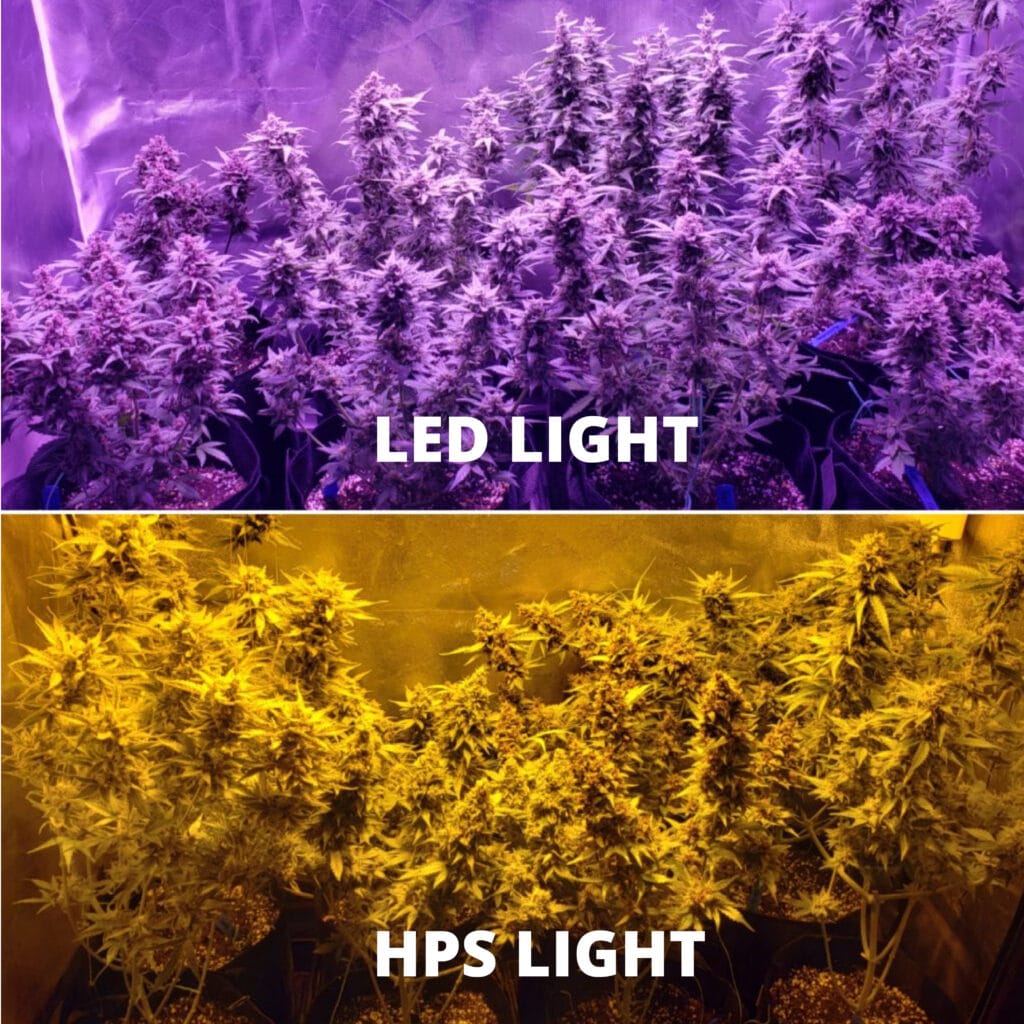
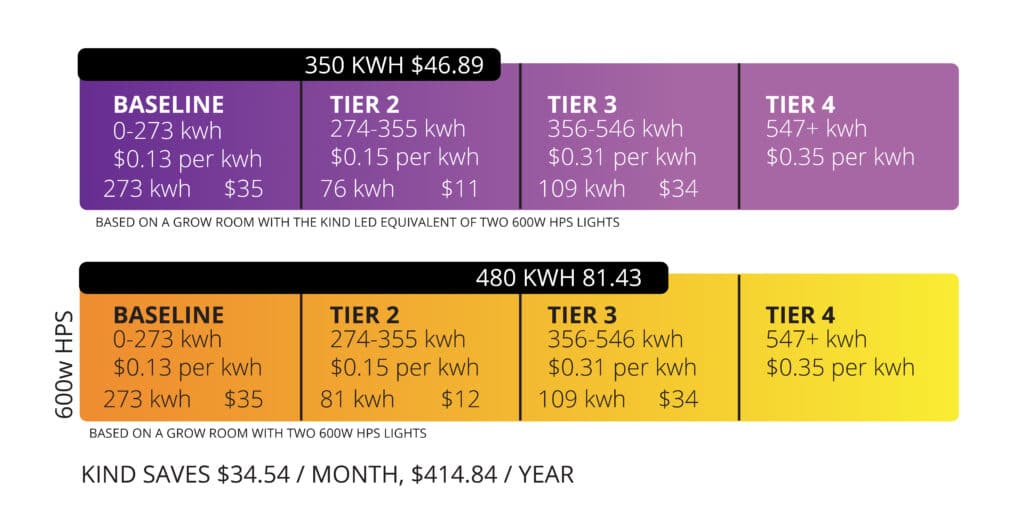
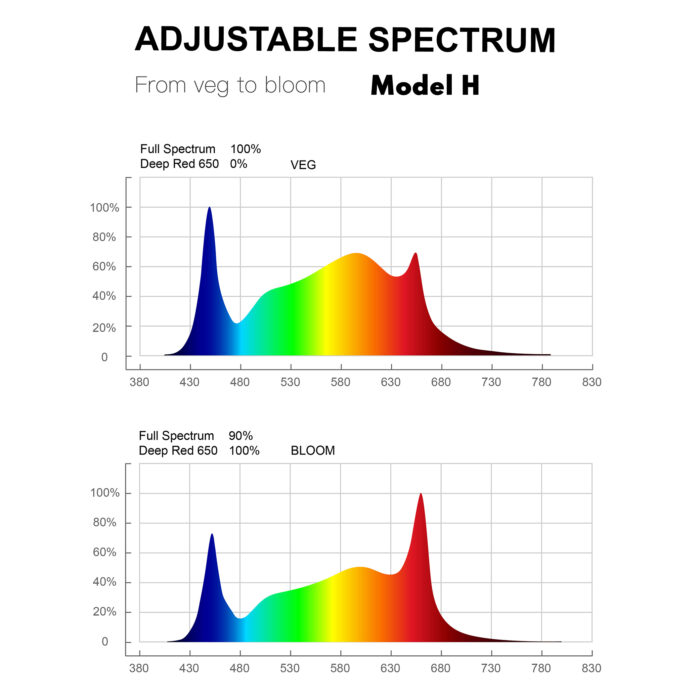
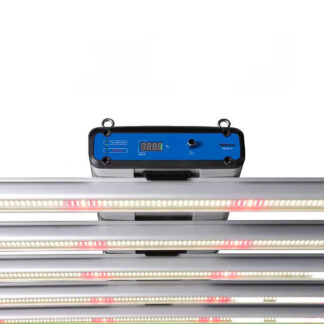
.png)


